



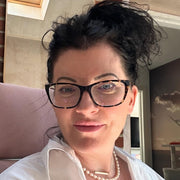




Inflammation is part of healing — but when it drags on, it causes pain and slows repair. HBOT delivers concentrated oxygen that helps your body settle inflammation naturally. It reduces the chemicals that drive swelling while improving blood flow and tissue repair.
More oxygen allows your body to clear waste and calm irritation faster. HBOT has been shown to lower inflammation markers and promote faster recovery from surgery, injury, and strenuous training. It’s a simple way to support comfort and recovery without relying on medication.
(For clinicians and advanced readers)
Meng XE, Zhang Y, Li N, et al. Hyperbaric oxygen alleviates secondary brain injury after trauma through inhibition of TLR4/NF-κB signaling pathway. Med Sci Monit. 2016;22:284–288. Published 2016 Jan 26. doi:10.12659/msm.894148
Dulai PS, Gleeson MW, Taylor D, et al. (2014), Systematic review: the safety and efficacy of hyperbaric oxygen therapy for inflammatory bowel disease. Aliment Pharmacol Ther, 39: 1266-1275. doi:10.1111/apt.12753
Hui J, Zhang ZJ, Zhang X, et al. Repetitive hyperbaric oxygen manage attenuates complete Freund’s adjuvant-induced pain and reduces glia-mediated neuroinflammation in the spinal cord, J. Pain, 14 (7) (2013), pp. 747-758
Li F, Fang L, Huang S, et al. Hyperbaric oxygenation therapy alleviates chronic constrictive injury-induced neuropathic pain and reduces tumor necrosis factor-alpha production. Anesth. Analg., 113 (3) (2011), pp. 626-633
Choudhury R. Hypoxia and hyperbaric oxygen therapy: a review. Int J Gen Med. 2018;11:431–442. Published 2018 Nov 20. doi:10.2147/IJGM.S172460
He H, Li X, He Y. Hyperbaric oxygen therapy attenuates neuronal apoptosis induced by traumatic brain injury via Akt/GSK3β/β-catenin pathway. Neuropsychiatr Dis Manage. 2019;15:369–374. Published 2019 Jan 25. doi:10.2147/NDT.S183632
Wu HH, Huang CC, Chang CP, et al. Heat shock protein 70 (HSP70) reduces hepatic inflammatory and oxidative damage in a rat model of liver ischemia/reperfusion injury with hyperbaric oxygen preconditioning. Med Sci Monit. 2018;24:8096–8104. Published 2018 Nov 12. doi:10.12659/MSM.911641
Thompson CD, Uhelski ML, Wilson JR, et al. Hyperbaric oxygen manage decreases pain in two nerve injury models. Neurosci. Res., 66 (3) (2010), pp. 279-283
Oyaizu T, Enomoto M, Yamamoto N, et al. Hyperbaric oxygen reduces inflammation, oxygenates injured muscle, and regenerates skeletal muscle via macrophage and satellite cell activation. Sci Rep. 2018;8(1):1288. Published 2018 Jan 22. doi:10.1038/s41598-018-19670-x
Zhao BS, Meng LX, Ding YY, et al. Hyperbaric oxygen manage produces an antinociceptive response phase and inhibits astrocyte activation and inflammatory response in a rat model of neuropathic pain. J. Mol. Neurosci., 53 (2) (2014), pp. 251-261
Novak S, Drenjancevic I, Vukovic R, et al. Anti-inflammatory effects of hyperbaric oxygenation during DSS-induced colitis in BALB/c mice include changes in gene expression of HIF-1α, proinflammatory cytokines, and antioxidative enzymes. Mediators Inflamm. 2016;2016:7141430. doi:10.1155/2016/7141430
Hou S, Wu G, Liang J, et al. Hyperbaric oxygen on rehabilitation of brain tumors after surgery and effects on TNF-α and IL-6 levels. Oncol Lett. 2019;17(3):3277–3282. doi:10.3892/ol.2019.10000
Di Sabato F, Rocco M, Martelletti P, et al. Hyperbaric oxygen in chronic cluster headaches: influence on serotonergic pathways. Undersea Hyperb. Med., 24 (2) (1997), pp. 117-122
Bennett MH, French C, Schnabel A, et al. Normobaric and hyperbaric oxygen therapy for migraine and cluster headache. Cochrane Database Syst. Rev. (3)(2008).
Fosen KM, Thom SR. Hyperbaric oxygen, vasculogenic stem cells, and wound healing. Antioxid Redox Signal. 2014;21(11):1634–1647. doi:10.1089/ars.2014.5940
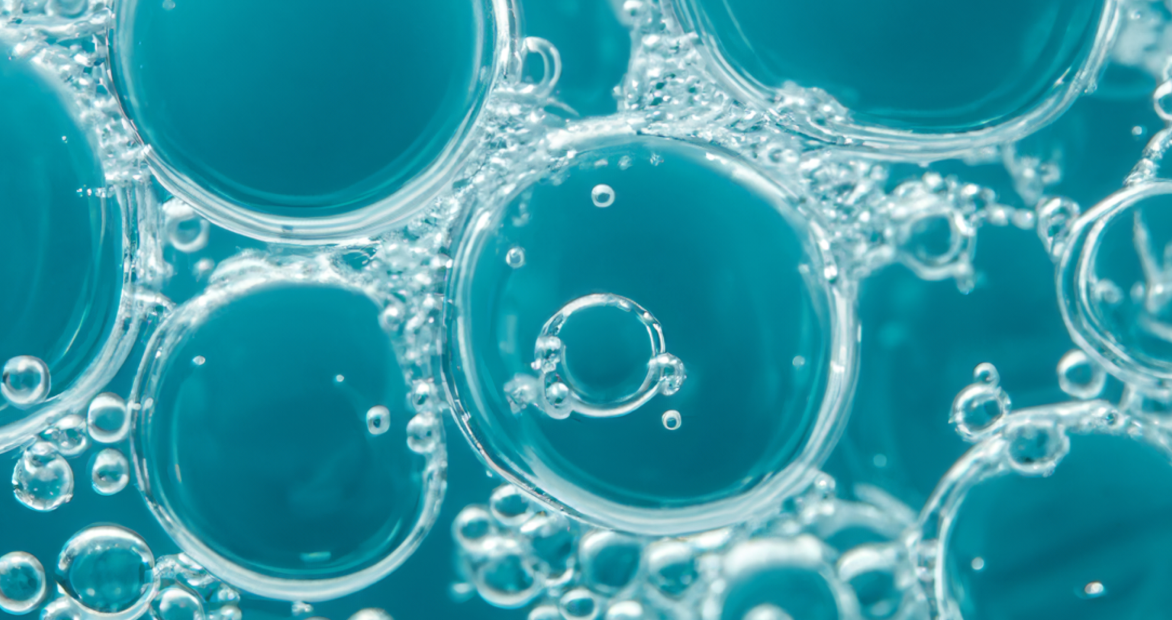
Every cell in your body runs on energy made from oxygen. When you’re stressed, injured, or tired, those energy systems slow down. HBOT increases oxygen in the bloodstream, helping your cells produce more of the energy they need to heal, think, and move.
With more oxygen to work with, cells can recover faster and perform better. Studies show HBOT boosts energy production, supports stem-cell activity, and reduces oxidative stress. Over time, that can mean better focus, quicker recovery, and more sustained physical and mental energy.
(For clinicians and advanced readers)
Palzur E, Zaaroor M, Vlodavsky E, et al. Neuroprotective effect of hyperbaric oxygen therapy in brain injury is mediated by preservation of mitochondrial membrane properties. Brain Res., 1221 (2008), pp. 126-133
K.R. Dave, R. Prado, R. Busto, A.P. Raval, W.G. Bradley, D. Torbati, M.A. Pérez-pinzón,
Hyperbaric oxygen therapy protects against mitochondrial dysfunction and delays onset of motor neuron disease in wobbler mice, Neuroscience, Volume 120, Issue 1, 2003, Pages 113-120,
ISSN 0306-4522, https://doi.org/10.1016/S0306-4522(03)00244-6.
Meyer JN, Hartman JH, Mello DF. Mitochondrial toxicity. Toxicological Sciences, Volume 162, Issue 1, March 2018, Pages 15–23.
Meyer JN, Leung MC, Rooney JP, et al. Mitochondria as a target of environmental toxicants. Toxicol Sci. 2013;134(1):1–17. doi:10.1093/toxsci/kft102
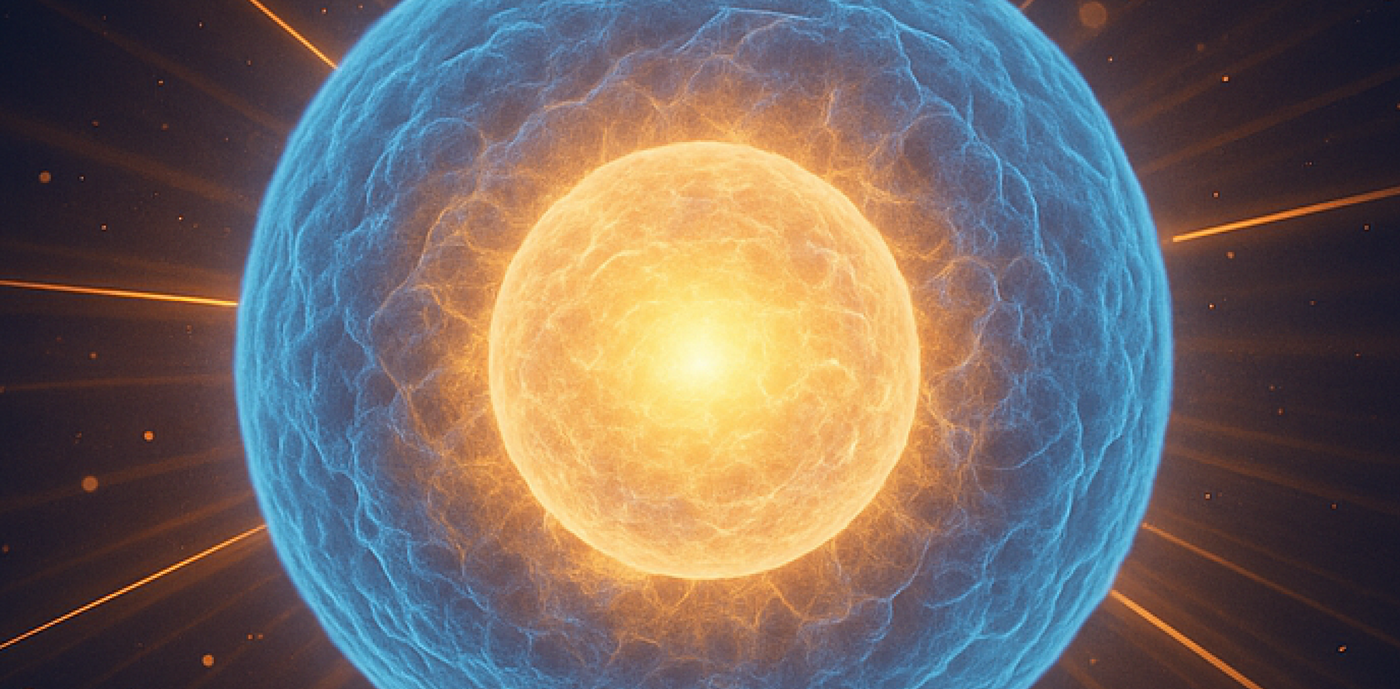
Your immune system needs oxygen to fight infection and repair damage efficiently. HBOT increases oxygen in the blood, giving white blood cells the power to kill bacteria and remove waste while reducing excess inflammation. It also activates stem cells and growth factors that rebuild damaged tissue.
HBOT strengthens your natural defence and repair systems. Clinical research shows it improves wound closure, helps fight infection, and supports new blood-vessel growth in oxygen-starved tissues. It’s a proven hospital therapy for stubborn wounds and a powerful recovery aid in wellness settings.
(For clinicians and advanced readers)
Çimşit M, Uzun G, Yıldız S. Hyperbaric oxygen therapy as an anti-infective agent. Expert Rev Anti Infect Ther. 2009;7(8):1015–1026.
Memar MY, Yekani M, Alizadeh N, et al. Hyperbaric oxygen therapy: antimicrobial mechanisms and clinical application for infections. Biomed Pharmacother. 2019;109:440–447.
Mader JT, Brown GL, Guckian JC, et al. A mechanism for the amelioration by hyperbaric oxygen of experimental staphylococcal osteomyelitis in rabbits. J Infect Dis. 1980;142(6):915–922.
Fosen KM, Thom SR. Hyperbaric oxygen, vasculogenic stem cells, and wound healing. Antioxid Redox Signal. 2014;21(11):1634–1647.
Health Quality Ontario. Hyperbaric oxygen therapy for the management of diabetic foot ulcers: a health technology assessment. Ont Health Technol Assess Ser. 2017;17(5):1–142.
Oyaizu T, Enomoto M, Yamamoto N, et al. Hyperbaric oxygen reduces inflammation, oxygenates injured muscle, and regenerates skeletal muscle via macrophage and satellite cell activation. Sci Rep. 2018;8(1):1288.
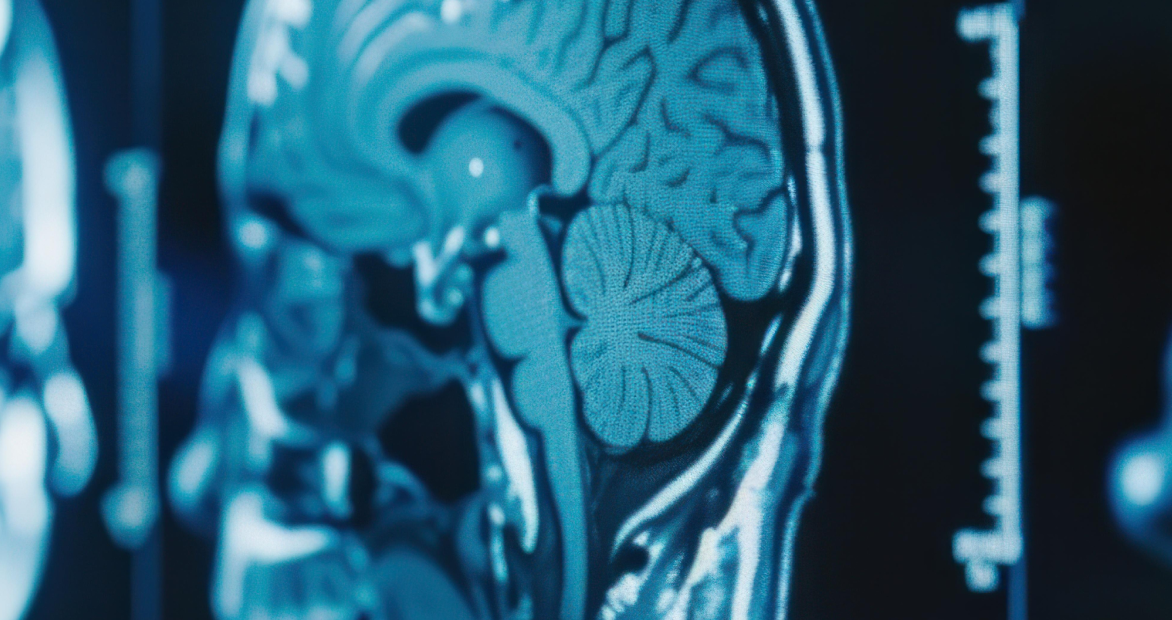
Your brain never stops adapting — it constantly builds new connections to learn, think, and remember. Hyperbaric oxygen therapy (HBOT) gives your brain extra oxygen, helping nerve cells get the fuel they need to repair and grow. This can support clearer thinking, better focus, and faster recovery after injury or illness.
By improving blood flow and giving neurons more oxygen, HBOT helps the brain “wake up” sluggish areas and strengthen communication between cells. Studies show improvements in memory, attention, and reaction time in older adults and people recovering from brain injuries. It’s a natural way to help the brain restore balance and function at its best.
(For clinicians and advanced readers)
Efrati S, Fishlev G, Bechor Y, et al. Hyperbaric oxygen induces late neuroplasticity in post stroke patients–randomized, prospective trial. PLoS One. 2013;8(1):e53716.
Boussi-Gross R, Golan H, Fishlev G, et al. Hyperbaric oxygen therapy can improve post concussion syndrome years after mild traumatic brain injury – randomized prospective trial. PLoS One. 2013;8(11):e79995.
Vadas D, Kalichman L, Hadanny A, et al. Hyperbaric oxygen environment can enhance brain activity and multitasking performance. Front Integr Neurosci. 2017;11:25.
Thom SR. Hyperbaric oxygen: its mechanisms and efficacy. Plast Reconstr Surg. 2011;127(Suppl 1):131S–141S.
Tal S, Hadanny A, Sasson E, et al. Hyperbaric oxygen therapy can induce angiogenesis and regeneration of nerve fibers in traumatic brain injury patients. Front Hum Neurosci. 2017;11:508.
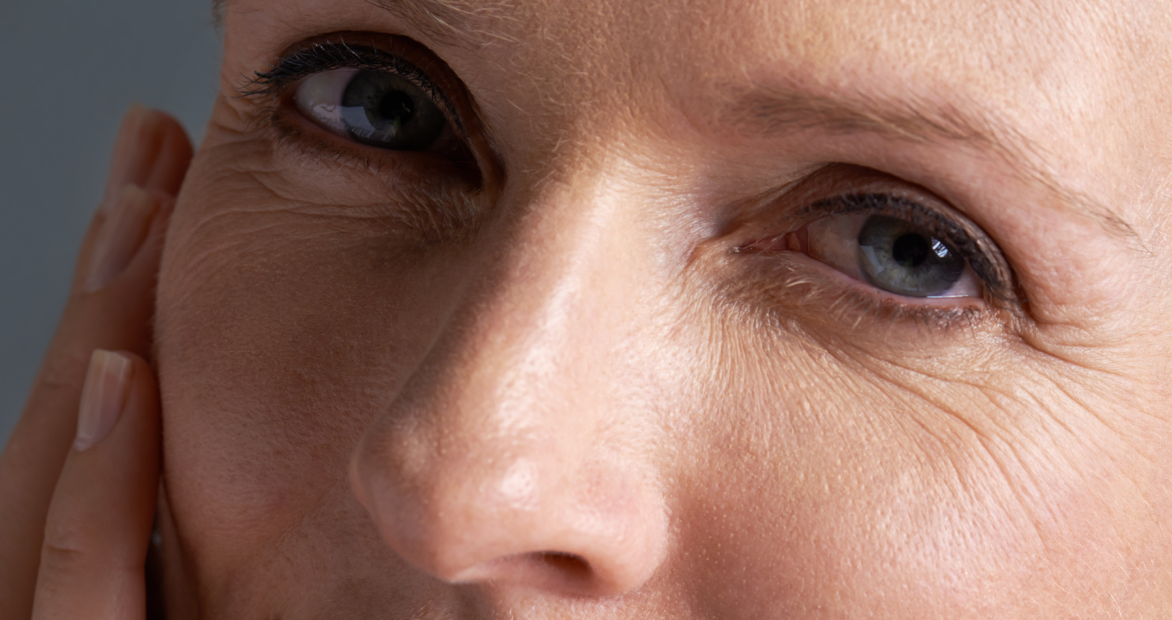
Collagen is what keeps your skin, muscles, and joints strong — it’s the body’s built-in scaffolding. HBOT supports collagen production by flooding tissues with oxygen and activating the cells that rebuild connective tissue. It also helps tiny new blood vessels form, bringing more nutrients to healing areas.
More oxygen means faster, stronger repair. HBOT speeds up wound healing, helps grafts and skin repairs take hold, and supports post-surgery recovery by improving collagen quality and strength. It’s widely used in hospitals for slow-healing wounds and increasingly explored in recovery and cosmetic settings.
(for clinicians and advanced readers)
Bhutani S, Vishwanath G. Hyperbaric oxygen and wound healing. Indian J Plast Surg. 2012;45(2):316–324.
Fosen KM, Thom SR. Hyperbaric oxygen, vasculogenic stem cells, and wound healing. Antioxid Redox Signal. 2014;21(11):1634–1647.
Oyaizu T, Enomoto M, Yamamoto N, et al. Hyperbaric oxygen reduces inflammation, oxygenates injured muscle, and regenerates skeletal muscle via macrophage and satellite cell activation. Sci Rep. 2018;8(1):1288.
Perren S, Gatt A, Papanas N, et al. Hyperbaric oxygen therapy in ischaemic foot ulcers in type 2 diabetes: a clinical trial.
Health Quality Ontario. Hyperbaric oxygen therapy for the management of diabetic foot ulcers: a health technology assessment. Ont Health Technol Assess Ser. 2017;17(5):1–142.
Eskes AM, Ubbink DT, Lubbers MJ, et al. Hyperbaric oxygen therapy: solution for difficult to heal acute wounds? Systematic review. World J Surg. 2011;35(3):535–542.
Fujita N, Ono M, Tomioka T, et al. Effects of hyperbaric oxygen at 1.25 atmospheres absolute with normal air on macrophage number and infiltration during rat skeletal muscle regeneration. PLoS One. 2014;9(12):e115685.

Lingering inflammation can make you sore and slow down healing. Red light therapy helps calm that response by improving circulation and supporting your body’s natural antioxidant defences.
With better blood flow and less cellular stress, pain and swelling ease more quickly. Studies show red light therapy reduces soreness after exercise, speeds tissue recovery, and helps your body return to balance — naturally, without medication.
(for clinicians and advanced readers)
Marashian SM, Hashemian MR, Pourabdollah M, et al. Photobiomodulation improves serum cytokine response in mild to moderate COVID-19: The first randomized, double-blind, placebo-controlled, pilot study. Frontiers in Immunology. 2022;13:929837. Published July 8, 2022.
Zwiri AMA, Ahmad WMAW, Asif JA, et al. A randomized controlled trial evaluating the biomarkers hs‑CRP, IL‑6, and IL‑8 in patients with temporomandibular disorder treated with LLLT, conservative therapy, and combination therapy. International Journal of Environmental Research and Public Health. 2022;19(15):8987. Published July 23, 2022.
Lim W, Lee S, Kim I, et al. Photobiomodulation suppresses neuroinflammation and attenuates symptoms in chronic neuropathic pain: A randomized, placebo-controlled trial. Pain Medicine. 2023;24(5):979–988. Published May 2023
Nunes EC, Nascimento DP, Silva Júnior HD, et al. Effectiveness of photobiomodulation therapy in the management of pain and inflammation after dental implant surgery: a randomized single-blind clinical trial. J Clin Med. 2022;13(19):5709. Published October 1 2022.
de Oliveira BP, de Almeida LM, Leal-Junior ECP, et al. Effects of infrared low-level laser therapy applied prior to an intense progressive running test on inflammatory and oxidative stress markers in high-level soccer players: a randomized, triple-blind, crossover trial. Oxid Med Cell Longev. 2019;2019:6239058. Published December 5 2019.

Every cell in your body needs energy to function. Red and near-infrared light act like a natural spark, helping your cells make more of it. When light reaches your tissues, it supports the tiny “power centres” inside each cell, improving how efficiently your body produces and uses energy.
More cell energy means more vitality. Red light therapy can improve endurance, speed recovery, and enhance focus — all by helping your body’s energy systems run more smoothly. It’s a safe, non-invasive way to boost performance and resilience.
(for clinicians and advanced readers)
Fritsch CG, Dornelles MP, Teodoro JL, et al. Effects of photobiomodulation therapy associated with resistance training in elderly men: a randomized double-blinded placebo-controlled trial. Eur J Appl Physiol. 2019;119(1):279–289. Published 2018 Oct 26.
Tomazoni SS, Monteiro Machado CS, De Marchi T, et al. Infrared low-level laser therapy (photobiomodulation) before an intense progressive running test in high-level soccer players: randomized, triple-blind, crossover trial. Oxid Med Cell Longev. 2019;2019:6239058. Published 2019 Dec 5.
Lanferdini FJ, Krüger RL, Baroni BM, et al. Pre-exercise photobiomodulation accelerates pulmonary oxygen uptake kinetics and increases tolerance to high-intensity exercise. Eur J Appl Physiol. 2023;123(3):701–713. Published 2023 Jan 5.
Giménez MC, Lindhouse OAM, Nuijten MAH, et al. Effects of near-infrared light on well-being and health in human subjects with mild sleep-related complaints: a double-blind, randomized, placebo-controlled study. Int J Environ Res Public Health. 2023;20(1):878. Published 2023 Jan 4.
Nakhostin-Roohi B, Delpasand A, Candow DG, et al. Photobiomodulation therapy and exercise performance: a systematic review and meta-analysis of randomized controlled trials. Sports Med. 2025;55(6):497–520. Published 2025 Apr 10.

Your immune system works best when it’s balanced — strong enough to protect you, but not overactive. Red light therapy helps achieve that balance by calming unnecessary inflammation and supporting your cells’ ability to repair themselves.
More efficient cell energy and smoother immune signalling mean quicker recovery from stress, training, or illness. Research shows red light therapy can reduce swelling, improve wound healing, and help your body stay in a balanced, healthy repair state.
(for clinicians and advanced readers)
Özberk SS, Yıldırım A, Tonguç E, et al. Effect of adjunctive photobiomodulation therapy on nonsurgical periodontal treatment in patients with type 2 diabetes mellitus: a randomized controlled, single-blind, split-mouth clinical trial. Photodiagnosis Photodyn Ther. 2020;32:101962. Published 2020 Oct 23.
Al Balah OF, Rafie M, Osama A-R. Immunomodulatory effects of photobiomodulation: A comprehensive review. Lasers in Medical Science. 2025;40(1):187. Published April 11, 2025.
Camolesi B, Fragni M, Ferrando S, et al. Photobiomodulation therapy after dental implant placement reduces postoperative inflammation and pain: a randomized controlled split-mouth study. Lasers Med Sci. 2022;37(6):2547–2556. Published 2022 Mar 29.
Chia WT, Wong TH, Jaw FS, Hsieh HC. The impact of photobiomodulation therapy on swelling reduction and recovery enhancement in total knee arthroplasty: a randomized clinical trial. Photobiomodul Photomed Laser Surg. 2025;43(2):65–72. Published 2025 Jan 9.
Photobiomodulation Improves Serum Cytokine Response in Mild to Moderate COVID-19: The First Randomized, Double-Blind, Placebo Controlled, Pilot Study – Seyed Mehran Marashian et al., 2022, Frontiers in Immunology. DOI: 10.3389/fimmu.2022.929837
Efficacy of Using Photobiomodulation Therapy in Allergic Rhinitis: A Placebo-Controlled Randomized Clinical Trial – Patrícia C. Oliveira et al., 2025, International Forum of Allergy & Rhinology. DOI: 10.1002/alr.23532

Your brain depends on steady energy to stay focused and alert. Red light therapy, especially when applied to the head, helps brain cells use oxygen more efficiently and encourages better blood flow. This can support sharper thinking, improved mood, and mental clarity.
Red light therapy “recharges” your brain’s energy systems, helping neurons communicate more effectively. Early studies show improvements in focus, reaction time, and mood, making it a gentle, non-invasive way to support cognitive performance.
(for clinicians and advanced readers)
Zhao C, Li D, Kong Y, et al. Transcranial photobiomodulation enhances visual working memory capacity in humans. Science Advances. 2022;8(48):eabq3211. Published December 2, 2022 .
Lee TL, Ding Z, Chan AS. Can transcranial photobiomodulation improve cognitive function? A systematic review of human studies. Ageing Research Reviews. 2023;83:101786. Published online November 9, 2022 .
Ji Q, Yan S, Ding J, et al. Photobiomodulation improves depression symptoms: A systematic review and meta-analysis of randomized controlled trials. Frontiers in Psychiatry. 2024;14:1267415. Published January 31, 2024 .
Longo MGF, Tan CO, Chan ST, et al. Effect of transcranial low-level light therapy vs sham therapy among patients with moderate traumatic brain injury: A randomized clinical trial. JAMA Network Open. 2020;3(9):e2017337. Published September 1, 2020 .

Red and near-infrared light gently energise the cells that build and repair your body’s tissues. When these wavelengths reach the skin and muscles, they help fibroblasts — the cells that make collagen — work faster and more efficiently. The result is improved healing, better skin tone, and stronger connective tissue.
By giving your cells more usable energy, red light therapy helps wounds close quicker and supports recovery after training or surgery. It’s widely used to speed tissue repair, reduce scarring, and rejuvenate skin by encouraging healthy collagen formation.
(for clinicians and advanced readers)
Mota LR, Duarte IS, Galache TR, et al. Photobiomodulation reduces periocular wrinkle volume by 30%: a randomized controlled trial. Photobiomodul Photomed Laser Surg. 2023;41(2):48–56. Published 2023 Feb. doi:10.1089/photob.2022.0114.
Torkaman AY, Amiri R, Ilbeigi P, et al. The effects of photobiomodulation therapy on clinical healing of diabetic foot ulcers: a randomized, double-blind, controlled clinical trial. J Wound Care. 2024;33(4):258–267. Published 2024 Mar 27. doi:10.12968/jowc.2024.33.4.258.
Yadav D, Sharma AK, Tripathi K, et al. Effects of photobiomodulation adjunct therapy via superpulsed 904 nm laser in patients with second-degree burns: randomized controlled clinical trial. Journal of Biophotonics. 2025;e202500386. Published online September 24, 2025 .
Taha N, Daoud H, Malik T, Shettysowkoor J, Rahman S. The effects of low-level laser therapy on wound healing and pain management in skin wounds: A systematic review and meta-analysis. Cureus. 2024;16(10):e72542. Published October 28, 2024 .
Kurtti A, Laskin J, Jagdeo J, et al. Dose-ranging study of red light-emitting diode phototherapy for reduction of post-surgical scarring. J Biophotonics. 2021;14(7):e202100073.
Wunsch A, Matuschka K. A controlled trial to determine the efficacy of red and near-infrared light treatment for skin rejuvenation. Photomed Laser Surg. 2014;32(2):93–100.
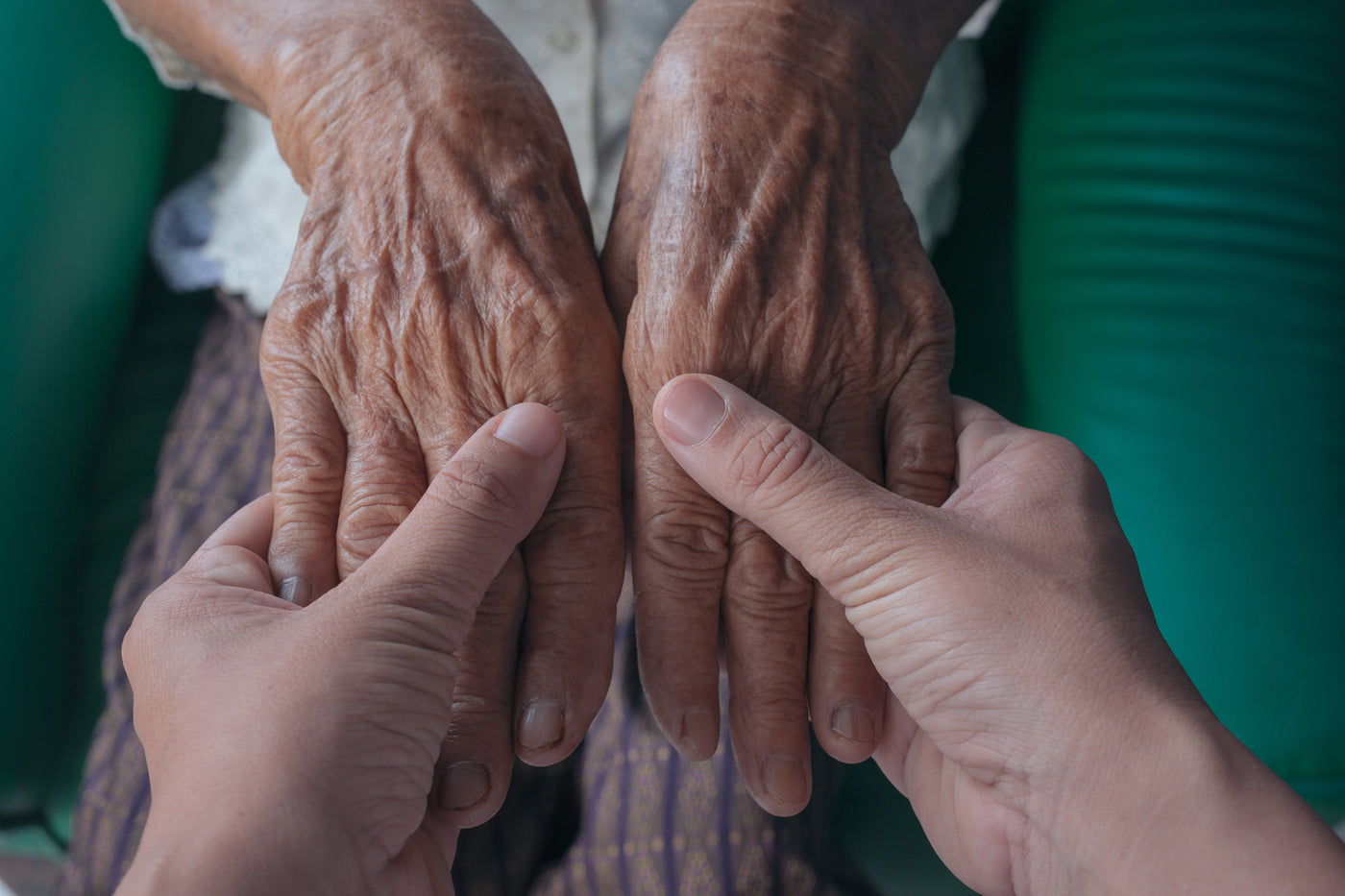
In dementia, brain cells often struggle to get enough oxygen and energy. HBOT boosts oxygen flow and may help the brain form new connections, improving alertness and memory in some studies. Red light therapy works gently through the scalp, helping brain cells recharge and improving circulation to support clearer thinking.
Better oxygen and energy balance can support brain function and memory. Research shows encouraging early results: HBOT improving blood flow and cognitive function, and red light therapy helping mood and focus. These are supportive, non-drug approaches to maintain brain vitality alongside normal care.
(for clinicians and advanced readers)
Chen JW, Li XJ, Wang LB, et al. Hyperbaric oxygen therapy ameliorates cognitive impairment in patients with Alzheimer’s disease and amnestic mild cognitive impairment. Alzheimers Dement (NY). 2020;6(1):e12030. Published 2020 Jun 14. doi:10.1002/trc2.12030
Xu Y, Wang Q, Qu Z, Yang J, Zhang X, Zhao Y. Protective effect of hyperbaric oxygen therapy on cognitive function in patients with vascular dementia. Cell Transplant. 2019;28(8):1071–1075. Published 2019 May 28. doi:10.1177/0963689719853540
Nizamutdinov D, Qi X, Berman MH, et al. Transcranial near infrared light stimulations improve cognition in patients with dementia. Aging Dis. 2021;12(4):954–963. Published 2021 Jul 1. doi:10.14336/AD.2021.0229
Chao LL. Effects of home photobiomodulation treatments on cognitive and behavioral function, cerebral perfusion, and resting-state functional connectivity in patients with dementia: a Pilot Trial. Photobiomod Photomed Laser Surg. 2019;37(3):133–141. Published 2019 Mar. doi:10.1089/photob.2018.4555
Berman MH, Halper JP, Nichols TW, Jarrett H, Lundy A, Huang JH. Photobiomodulation with near infrared light helmet in a pilot, placebo-controlled clinical trial in dementia patients testing memory and cognition. J Neurol Neurosci. 2017;8(1):176. Published 2017 Feb 28. doi:10.21767/2171-6625.1000176
Hadanny A, Boussi-Gross R, Efrati S, et al. Cognitive enhancement of healthy older adults using hyperbaric oxygen: a randomized controlled trial. Aging (Albany NY). 2020;12(13):13740–13761. Published 2020 Jun 26. doi:10.18632/aging.103571
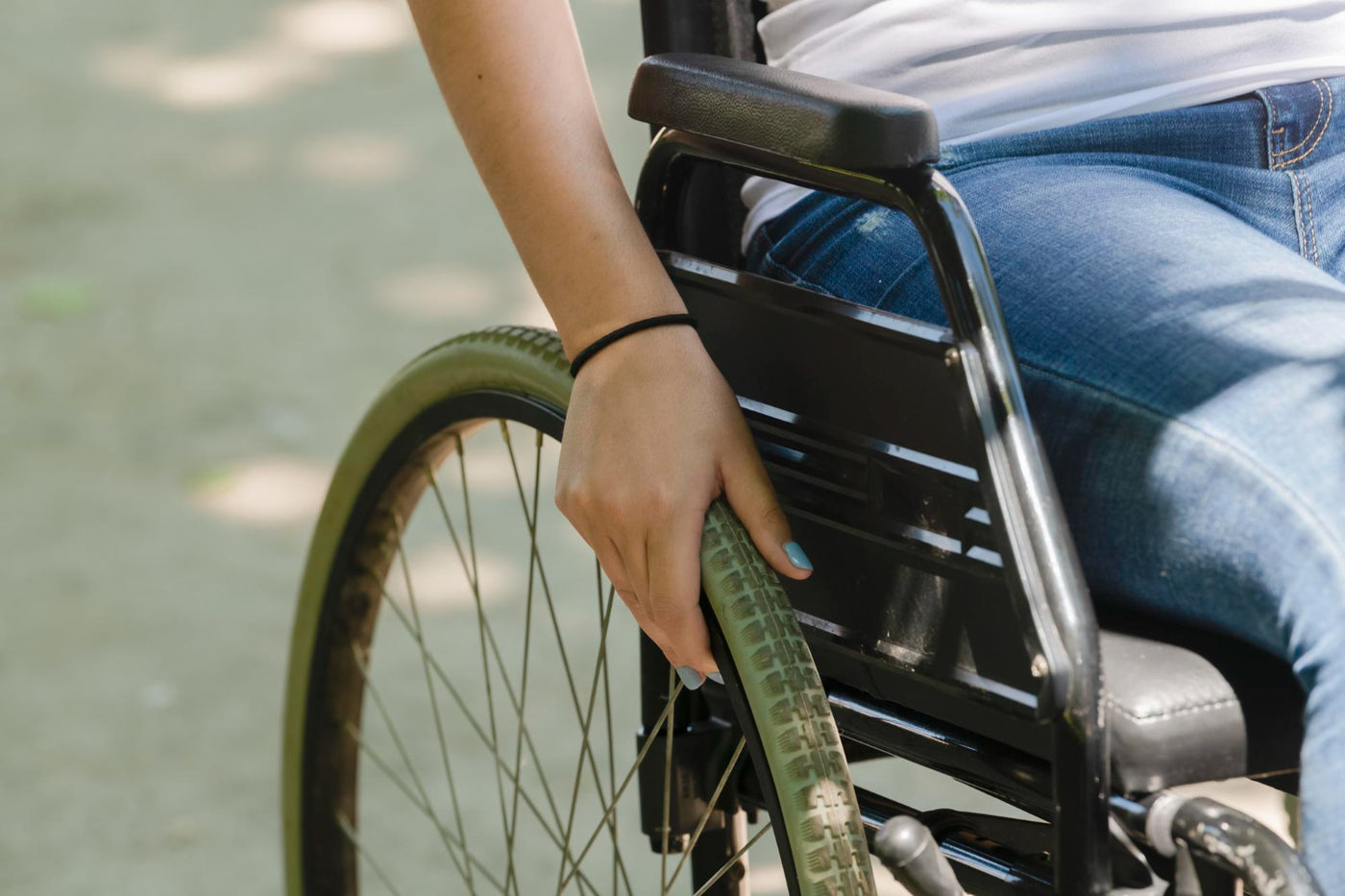
For people with MS, maintaining nerve health and managing fatigue are everyday goals. HBOT increases oxygen delivery throughout the body, which may help calm inflammation and support nerve cell energy. Red light therapy complements this by gently energising cells and improving blood flow in muscles and nerves. Many MS centres across the UK include HBOT as a supportive option, valued for its safety and how it helps people feel more balanced.
More oxygen and better cellular energy can make everyday activities feel smoother and less tiring. HBOT and red light therapy work in different but complementary ways to support comfort, movement, and wellbeing. They’re not medical treatments for MS, but gentle tools that may improve quality of life alongside standard care.
(for clinicians and advanced readers)
Fischer JS, Yoshino JE, Watanabe N, et al. Hyperbaric-oxygen treatment of multiple sclerosis. N Engl J Med. 1983;308(4):181–186. Published 1983 Jan 27. doi:10.1056/NEJM198301273080402
Harpur GD, Hinck VC, Hadjimichael OC, Schwid SR, Goodman AD. Hyperbaric oxygen therapy in chronic stable multiple sclerosis: a double-blind study. Neurology. 1986;36(7):988–991. Published 1986 Jul. doi:10.1212/WNL.36.7.988
Barnes ME, Whittemore NA, Edwards MK. Hyperbaric oxygen and air treatment in multiple sclerosis. J Neurol Neurosurg Psychiatry. 1987;50(6):714–717. Published 1987 Jun. doi:10.1136/jnnp.50.6.714
Silva TS, Sousa ACMF, Gonçalves IG, et al. Photobiomodulation and fatigue in multiple sclerosis: a randomized, double-blind trial. Lasers Med Sci. 2022;37(8):3107–3113. Published 2022 May 2. doi:10.1007/s10103-022-03567-3

After a brain injury, cells can struggle to make enough energy and blood flow may be reduced. Hyperbaric oxygen therapy (HBOT) increases oxygen in the blood and helps the brain restore normal circulation and repair connections. Red light therapy, applied through the scalp, supports the brain’s natural energy systems and may help with memory, focus, and recovery.
More oxygen and stronger cell energy can help the brain heal and function better. HBOT studies show improvements in symptoms like fatigue, concentration, and mood after TBI. Red light therapy also shows encouraging early results for cognitive recovery. Used alongside rehabilitation, both aim to help the brain repair itself naturally.
(for clinicians and advanced readers)
Boussi-Gross R, Golan H, Fishlev G, et al. Hyperbaric oxygen therapy can improve post concussion syndrome years after mild traumatic brain injury – randomized prospective trial. PLoS One. 2013;8(11):e79995. Published 2013 Nov 15. doi:10.1371/journal.pone.0079995
Tal S, Hadanny A, Sasson E, et al. Hyperbaric oxygen therapy can induce angiogenesis and regeneration of nerve fibers in traumatic brain injury patients. Front Hum Neurosci. 2017;11:508. Published 2017 Oct 19. doi:10.3389/fnhum.2017.00508
Meng XE, Zhang Y, Li N, et al. Hyperbaric oxygen alleviates secondary brain injury after trauma through inhibition of tlr4/nf-κb signaling pathway. Med Sci Monit. 2016;22:284–288. Published 2016 Jan 26. doi:10.12659/msm.894148
Vlodavsky, E. Palzur, M. Feinsod, et al. Evaluation of the apoptosis-related proteins of the BCL-2 family in the traumatic penumbra area of the rat model of cerebral contusion, managed by hyperbaric oxygen therapy: a quantitative immunohistochemical study. Acta Neuropathol., 110 (2) (2005), pp. 120-126
Hadanny A, Abbott S, Suzin G, et al. Effect of hyperbaric oxygen therapy on chronic neurocognitive deficits of post-traumatic brain injury patients: retrospective analysis. BMJ Open. 2018;8(9):e023387. Published 2018 Sep 28. doi:10.1136/bmjopen-2018-023387
Dong Y, Hu XH, Wu T, et al. Effect of hyperbaric oxygenation therapy on post-concussion syndrome [published correction appears in Exp Ther Med. 2018 Dec;16(6):4918]. Exp Ther Med. 2018;16(3):2193–2202. doi:10.3892/etm.2018.6463
Tal S, Hadanny A, Sasson E, et al. Hyperbaric oxygen therapy can induce angiogenesis and regeneration of nerve fibers in traumatic brain injury patients. Front Hum Neurosci. 2017;11:508. Published 2017 Oct 19. doi:10.3389/fnhum.2017.00508
Tsutsumi I, Tsujimoto Y, Takahashi S, et al. Hyperbaric oxygen therapy for persistent post‐concussion syndrome following mild traumatic brain injury. Cochrane Database Syst Rev. 2017;2017(7):CD012727. Published 2017 Jul 16. doi:10.1002/14651858.CD012727here…

After a stroke, some brain areas stay low in oxygen, which limits healing. HBOT increases oxygen deep into the bloodstream, supporting new blood vessel growth and helping the brain form new connections (neuroplasticity). Red light therapy gently energises brain cells and supports circulation, helping with focus and coordination during recovery.
More oxygen and cell energy help the brain recover function and resilience. Studies show HBOT can improve memory, movement, and speech even months after a stroke, while red light therapy adds subtle support by improving blood flow and brain energy use. These are non-invasive, restorative tools that complement rehabilitation and recovery programmes.
(for clinicians and advanced readers)
Rosario ER, Kaplan SE, Khonsari S, et al. The effect of hyperbaric oxygen therapy on functional impairments caused by ischemic stroke. Neurol Res Int. 2018;2018:3172679. Published 2018 Oct 9. doi:10.1155/2018/3172679
Efrati S, Fishlev G, Bechor Y, et al. Hyperbaric oxygen induces late neuroplasticity in post stroke patients – randomized, prospective trial. PLoS One. 2013;8(1):e53716. Published 2013 Jan 15. doi:10.1371/journal.pone.0053716
Harrison DW, Brasher PM, Eng JJ, et al. Hyperbaric oxygen post established stroke. Cureus. 2024;16(6):e63395. Published 2024 Jun 28. doi:10.7759/cureus.63395
Chen C-H, Chen S-Y, Wang V, et al. Effects of repetitive hyperbaric oxygen treatment in patients with acute cerebral infarction: a pilot study. Sci World J. 2012;2012:694703. Published 2012 Aug 1. doi:10.1100/2012/694703
Huisa BN, Stemer AB, Walker MG, et al. Transcranial laser therapy for acute ischemic stroke: a pooled analysis of NEST-1 and NEST-2. Int J Stroke. 2013;8(5):315–320. Published 2013 Jul 1. doi:10.1111/j.1747-4949.2011.00754.x
Casalechi HL, Dumont AJL, Ferreira LAB, et al. Acute effects of photobiomodulation therapy and magnetic field on functional mobility in stroke survivors: a randomized, sham-controlled, triple-blind, crossover, clinical trial. Lasers Med Sci. 2020;35(6):1253–1262. Published 2019 Nov 28. doi:10.1007/s10103-019-02898-y
Hadanny A, Rittblat M, Bitterman M, et al. Hyperbaric oxygen therapy improves neurocognitive functions of post-stroke patients – a retrospective analysis. Restor Neurol Neurosci. 2020;38(1):93–107. Published 2020 Feb 1. doi:10.3233/RNN-190959
Ostrowski RP, Stępień K, Pucko E, Matyja E. The efficacy of hyperbaric oxygen in hemorrhagic stroke: experimental and clinical implications. Arch Med Sci. 2017;13(5):1217–1223. doi:10.5114/aoms.2017.65081

As we age, our cells lose energy and take longer to repair themselves. HBOT boosts oxygen in the blood and activates repair pathways that keep tissues strong. Red light therapy supports the body’s energy systems and antioxidant defences, protecting cells from everyday wear and tear.
More energy and less oxidative stress help cells stay younger for longer. Research shows HBOT may lengthen certain ageing markers in the blood, while red light therapy improves how efficiently cells create and use energy. Together, they promote healthier ageing from the inside out.
(for clinicians and advanced readers)
Hachmo Y, Hadanny A, Abu Hamed R, et al. Hyperbaric oxygen therapy increases telomere length and decreases immunosenescence in isolated blood cells: a prospective trial. Aging (Albany NY). 2020;12(22):22445–22456. Published 2020 Nov 18. doi:10.18632/aging.202188
Hadanny A, Daniel-Kotovsky M, Catalogna M, et al. Hyperbaric oxygen therapy induces transcriptome changes in elderly: a prospective trial. Aging (Albany NY). 2021;13(22):24511–24523. Published 2021 Nov 24. doi:10.18632/aging.203709
Shlush LI, Skorecki KL, Yehezkel S, et al. Telomere elongation followed by reduction in leukocytes from divers exposed to intense oxidative stress—implications for aging. Mech Ageing Dev. 2011;132(3):123–130. Published 2011 Jan 21. doi:10.1016/j.mad.2011.01.005
Thom SR, Bhopale VM, Velazquez OC, et al. Stem cell mobilization by hyperbaric oxygen. Am J Physiol Heart Circ Physiol. 2006;290(4):H1378–H1386. Published 2005 Nov 18. doi:10.1152/ajpheart.00888.2005
MacLaughlin KJ, Badjatia N, Sun W, et al. Hyperbaric air mobilizes stem cells in humans. Front Neurol. 2023;14:1192793. Published 2023 May 19. doi:10.3389/fneur.2023.1192793
Chen CY, Chen PC, Chen CJ, et al. Increased circulating endothelial progenitor cells and improved short-term outcomes after hyperbaric oxygen therapy in acute ischemic stroke. J Transl Med. 2018;16:255. Published 2018 Aug 13. doi:10.1186/s12967-018-1629-x
Arabadjiev B, Iantcheva A, Kovatcheva R, et al. Photobiomodulation with 590 nm wavelength delays telomere shortening and replicative senescence of human dermal fibroblasts in vitro. Photobiomod Photomed Laser Surg. 2020;38(6):438–445. Published 2020 Jun 19. doi:10.1089/photob.2019.4888 (mechanistic, non-human)
Wunsch A, Matuschka K. A controlled trial of red versus broadband light for skin rejuvenation and collagen increase. Photomed Laser Surg. 2014;32(2):93–100. Published 2014 Feb 1. doi:10.1089/pho.2013.3616

Some families explore oxygen and light-based therapies to help support focus, calmness, and overall wellbeing. HBOT increases oxygen in the brain and may help lower inflammation, while red light therapy supports energy balance in brain and body cells. Research shows mixed results — a few studies report behavioural or attention improvements, others show little change — but both approaches are considered safe and low risk.
By improving oxygen flow and cellular energy, these therapies aim to create a calmer, better-functioning environment for the brain. Results differ between individuals, so HBOT and red light therapy should be seen as complementary, supportive tools that may help overall wellness alongside established developmental therapies.
(for clinicians and advanced readers)
Rossignol DA, Rossignol LW, Smith S, et al. Hyperbaric treatment for children with autism: a multicenter, randomized, double-blind, controlled trial. BMC Pediatr. 2009;9:21. Published 2009 Mar 13. doi:10.1186/1471-2431-9-21
Granpeesheh D, Tarbox J, Dixon DR, Wilke AE, Allen MS, Bradstreet JJ. Randomized trial of hyperbaric oxygen therapy for children with autism. Res Autism Spectr Disord. 2010;4(2):268–275. Published 2010 Apr. doi:10.1016/j.rasd.2009.09.014
Jepson B, Granpeesheh D, Tarbox J, Olive ML, Stott C, Braud S, et al. Controlled evaluation of the effects of hyperbaric oxygen therapy on the behavior of 16 children with autism spectrum disorders. J Autism Dev Disord. 2011;41(5):575–588. Published 2010 Aug 03. doi:10.1007/s10803-010-1075-y
Bent S, Bertoglio K, Ashwood P, Nemeth E, Hendren RL. Brief report: Hyperbaric oxygen therapy (HBOT) in children with autism spectrum disorder: a clinical trial. J Autism Dev Disord. 2012;42(6):1127–1132. Published 2011 Aug 05. doi:10.1007/s10803-011-1337-3
El-Baz F, Elhossiny R, El-Azzazy HM, et al. Study the effect of hyperbaric oxygen therapy on Egyptian autistic children: Clinical and biochemical study. Egypt J Med Hum Genet. 2014;15(2):155–162. Published 2014 Apr. doi:10.1016/j.ejmhg.2014.01.003
El-Tellawy MM, Ahmad AR, Saad K, et al. Effect of hyperbaric oxygen therapy and Tomatis sound therapy in children with autism spectrum disorder: a randomized clinical trial. Prog Neuropsychopharmacol Biol Psychiatry. 2022;113:110457. Published 2022 Mar 08 (Epub 2021 Oct 16). doi:10.1016/j.pnpbp.2021.110457
Ceranoglu TA, Yalcin N, Guloksuz S, et al. Transcranial photobiomodulation in adults with high-functioning autism spectrum disorder: proof-of-concept study. Photobiomodul Photomed Laser Surg. 2022;40(1):4–12. Published 2022 Jan 13. doi:10.1089/photob.2020.4986
Fradkin Y, De Taboada L, Naeser M, Saltmarche A, Snyder W, Steingold E. Transcranial photobiomodulation in children aged 2–6 years: randomized sham-controlled trial assessing safety, efficacy, and electrophysiology. Front Neurol. 2024;15:1221193. Published 2024 Apr 26. doi:10.3389/fneur.2024.1221193

Post-traumatic stress affects brain circuits that control fear, sleep, and focus. HBOT increases oxygen and supports new brain connections that can help rebalance these systems. Red light therapy helps from a different angle — improving blood flow and cell energy in brain areas linked to emotion and stress.
Better oxygenation and brain energy can help calm overactive stress responses. HBOT has shown encouraging results in veterans and trauma survivors, with reports of improved mood and concentration. Red light therapy is still early-stage but may support similar pathways. Both are meant to enhance therapy and recovery, not replace them.
(for clinicians and advanced readers)
Eve DJ, Steele MR, Sanberg PR, et al. Hyperbaric oxygen therapy as a potential manage for post-traumatic stress disorder associated with traumatic brain injury. Neuropsychiatr Dis Manage. 2016;12:2689–2705. Published 2016 Oct 20.doi:10.2147/NDT.S110126
Harch PG, Andrews SR, Fogarty EF, et al. Case control study: hyperbaric oxygen manage of mild traumatic brain injury persistent post-concussion syndrome and post-traumatic stress disorder. Med Gas Res. 2017;7(3):156–174. Published 2017 Oct 17. doi:10.4103/2045-9912.215745
He H, Li X, He Y. Hyperbaric oxygen therapy attenuates neuronal apoptosis induced by traumatic brain injury via Akt/GSK3β/β-catenin pathway. Neuropsychiatr Dis Manage. 2019;15:369–374. Published 2019 Jan 25. doi:10.2147/NDT.S183632
Doenyas-Barak K, Catalogna M, Kutz I, et al. Hyperbaric oxygen therapy improves symptoms, brain’s microstructure and functionality in veterans with treatment-resistant post-traumatic stress disorder: a prospective, randomized, controlled trial. PLoS One. 2022;17(2):e0264161. Published 2022 Feb 22. doi:10.1371/journal.pone.0264161
Weaver LK, Ziemnik R, Deru K, et al. A double-blind randomized trial of hyperbaric oxygen for persistent symptoms after brain injury. Sci Rep. 2025;15:6885. Published 2025 Apr 14. doi:10.1038/s41598-025-86631-6 (includes PTSD symptom outcomes).
Harch PG, Andrews SR, Rowe CJ, et al. Hyperbaric oxygen therapy for mild traumatic brain injury persistent postconcussion syndrome: a randomized controlled trial. Med Gas Res. 2020;10(1):8–20. Published 2020 Mar 30. doi:10.4103/2045-9912.279978 (reports PTSD symptom changes).
Cifu DX, Hart BB, West SL, Walker W, Carne W. The effect of hyperbaric oxygen on persistent postconcussion symptoms. J Head Trauma Rehabil. 2014;29(1):11–20. Published 2014 Jan 1. doi:10.1097/HTR.0b013e3182a6aaf0 (includes PTSD scale analyses).
Miller RS, Weaver LK, Bahraini N, et al. Effects of hyperbaric oxygen on symptoms and quality of life among service members with persistent postconcussion symptoms: a randomized clinical trial. JAMA Intern Med. 2015;175(1):43–52. Published 2015 Jan 19. doi:10.1001/jamainternmed.2014.5479 (includes PTSD outcomes).
Mechanistic, non-human (PBM): Li Y, Dong Y, Yang L, et al. Transcranial photobiomodulation prevents PTSD-like comorbidities in rats experiencing underwater trauma. Transl Psychiatry. 2021;11:270. Published 2021 May 5. doi:10.1038/s41398-021-01389-5
Mechanistic, non-human (PBM): Li Y, Yang L, Dong Y, et al. Photobiomodulation prevents PTSD-like memory impairments in rats. Mol Psychiatry. 2021;26:5959–5978. Published 2021 Apr 15

Migraines happen when brain nerves and blood vessels become overactive and energy levels drop. HBOT delivers high levels of oxygen that can sometimes stop a migraine early by calming those pathways. Red light therapy works more gently over time, supporting circulation, reducing tension, and helping balance the body’s stress response.
Together, they support steadier energy and calmer nerve activity. HBOT has been shown to ease or shorten migraine attacks in some studies, while red light therapy may help reduce how often they occur. Used together, they can be a safe, drug-free way to support comfort and recovery for people prone to headaches or migraines.
(for clinicians and advanced readers)
Myers DE, Myers RA. A preliminary report on hyperbaric oxygen in the relief of migraine headache. Headache. 1995;35(4):197–199. Published 1995 Apr. doi:10.1111/j.1526-4610.1995.hed3504197.x
Wilson JR, Foresman BH, Gamber RG, Wright T. Hyperbaric oxygen in the treatment of migraine with aura. Headache. 1998;38(2):112–115. Published 1998 Feb. doi:10.1046/j.1526-4610.1998.3802112.x
Eftedal OS, Lydersen S, Helde G, White LR, Brubakk AO, Stovner LJ. A randomized, double blind study of the prophylactic effect of hyperbaric oxygen therapy on migraine. Cephalalgia. 2004;24(8):639–644. Published 2004 Aug. doi:10.1111/j.1468-2982.2004.00724.x
Nilsson Remahl AIM, Ansjön R, Lind F, Waldenlind E. Hyperbaric oxygen treatment of active cluster headache: a double-blind placebo-controlled cross-over study. Cephalalgia. 2002;22(9):730–739. Published 2002 Nov. doi:10.1046/j.1468-2982.2002.00450.x
Di Sabato F, Fusco BM, Pelaia P, Giacovazzo M. Hyperbaric oxygen therapy in cluster headache. Pain. 1993;52(2):243–245. Published 1993 Feb. doi:10.1016/0304-3959(93)90137-E
Di Sabato F, Rocco M, Martelletti P, Giacovazzo M. Hyperbaric oxygen in chronic cluster headaches: influence on serotonergic pathways. Undersea Hyperb Med. 1997;24(2):117–122. Published 1997. (No DOI listed)
Gottschling S, Meyer S, Gribova I, Distler L, Berrang J, Gortner L, Graf N, Shamdeen GM. Laser acupuncture in children with headache: a double-blind, randomized, bicenter, placebo-controlled trial. Pain. 2008;137(2):405–412. Published 2007 Nov 19 (Epub); 2008 Jul 15 (print). doi:10.1016/j.pain.2007.10.004
Wu H-Y, Wang C-S, Liu Y-C, Chung C-C, Chen W-L, Tsai C-I, Hsu C-Y, Chou C-H. Enhancing chronic migraine preventive therapy: low-level 810 nm laser acupuncture as an add-on treatment for patients with unsatisfactory pharmacological effect, a pilot single-blind randomized controlled trial. BMC Complement Med Ther. 2024;24:318. Published 2024 Sep 16. doi:10.1186/s12906-024-04617-9
Campos MCV, Schuler SSV, Lacerda AJ, et al. Evaluation of vascular photobiomodulation for orofacial pain and tension-type headache following COVID-19 in a pragmatic randomized clinical trial. Sci Rep. 2024;14:31138. Published 2024 Dec 28. doi:10.1038/s41598-024-82412-9
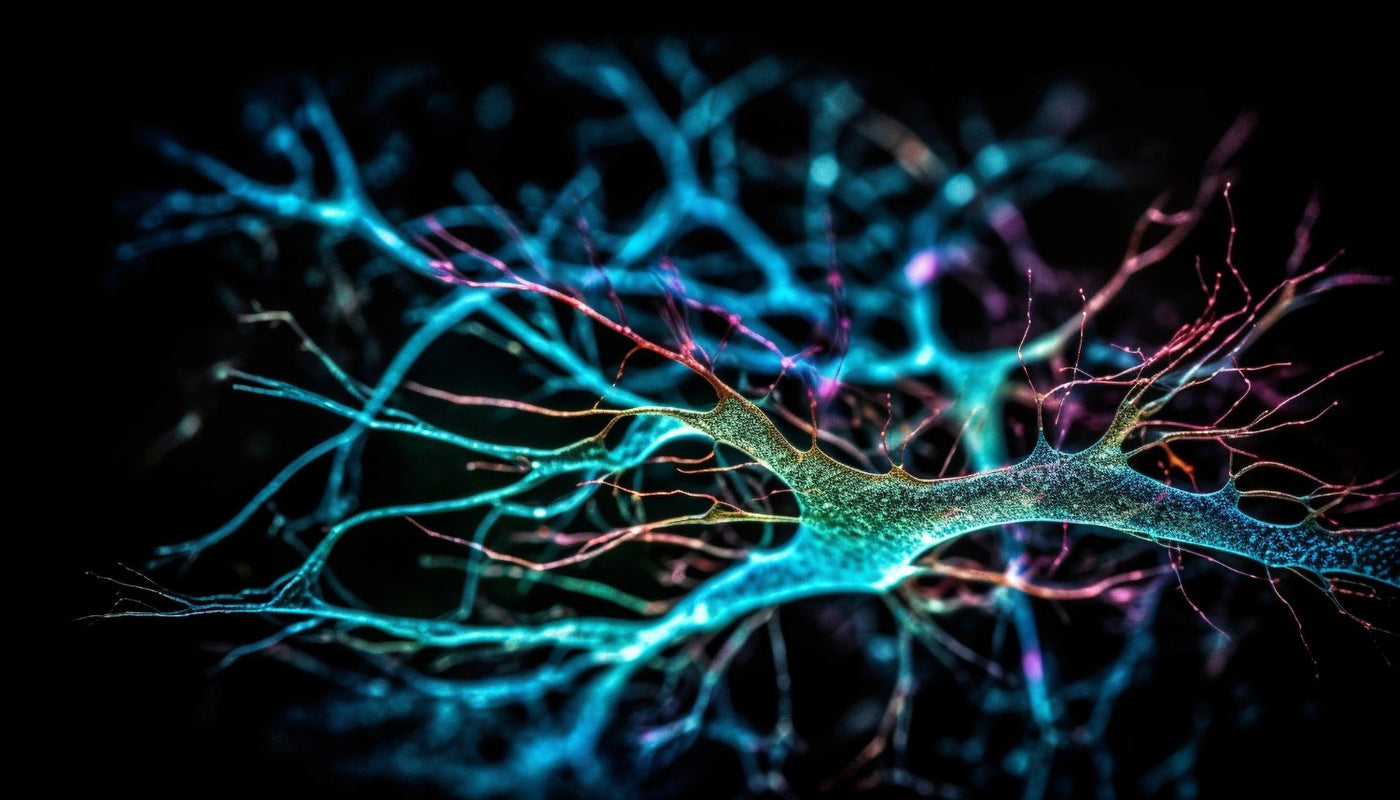
Your brain uses more energy than any other organ. When that energy flow drops — from stress, ageing, or injury — you can feel foggy, tired, or distracted. HBOT helps by improving oxygen delivery to brain tissue. Red light therapy works inside the cells, helping them produce energy more efficiently.
More oxygen and smoother energy flow mean clearer thinking and steadier focus. HBOT has been shown to improve brain metabolism in recovery and cognitive studies, while red light therapy increases alertness and reduces fatigue. Together they support sharper, more sustainable mental performance.
(for clinicians and advanced readers)
Rockswold SB, Rockswold GL, Zaun DA, Zhang X, Cerra CE, Bergman TA, Liu J. A prospective, randomized clinical trial to compare the effect of hyperbaric to normobaric hyperoxia on cerebral metabolism, intracranial pressure, and oxygen toxicity in severe traumatic brain injury. J Neurosurg. 2010;112(5):1080–1094. Published 2010 May (Epub 2009 Oct 23). doi:10.3171/2009.7.JNS09363.
Rockswold SB, Rockswold GL, Vargo JM, Erickson CA, Sutton RL, Bergman TA, Biros MH. Effects of hyperbaric oxygenation therapy on cerebral metabolism and intracranial pressure in severely brain injured patients. J Neurosurg. 2001;94(3):403–411. Published 2001 Mar. doi:10.3171/jns.2001.94.3.0403.
Holbach KH, Wassmann H, Hohenlüchter M. Cerebral energy metabolism in patients with brain lesions under hyperbaric oxygenation. J Neurol. 1977;215(1):1–13. Published 1977. doi:10.1007/BF00316313.
Holbach KH, Schröder FK, Köster S. Alterations of cerebral metabolism in cases with acute brain injuries during spontaneous respiration of air, oxygen and hyperbaric oxygen. Eur Neurol. 1972;8(1):158–160. Published 1972. doi:10.1159/000114570.
Artru F, Chacornac R, Deleuze R. Hyperbaric oxygenation for severe head injuries: preliminary results of a controlled study. Eur Neurol. 1976;14(4):310–318. Published 1976. doi:10.1159/000114753.
(PBM) Tian F, Hase SN, Gonzalez-Lima F, Liu H. Transcranial laser stimulation improves human cerebral oxygenation. Lasers Surg Med. 2016;48(4):343–349. Published 2016 Jan 12 (Epub); in print 2016 Apr. doi:10.1002/lsm.22471.
(PBM) Holmes E, Barrett DW, Saucedo CL, O’Connor P, Liu H, Gonzalez-Lima F. Cognitive enhancement by transcranial photobiomodulation is associated with cerebrovascular oxygenation of the prefrontal cortex. Front Neurosci. 2019;13:1129. Published 2019 Oct 18. doi:10.3389/fnins.2019.01129.
(PBM; metabolic proxy) Wang X, Tian F, Reddy DD, Nalawade SS, Barrett DW, Gonzalez-Lima F, Liu H. Up-regulation of cerebral cytochrome-c-oxidase and hemodynamics by transcranial infrared laser stimulation: a broadband near-infrared spectroscopy study. J Cereb Blood Flow Metab. 2017;37(12):3789–3802. Published 2017 Feb 8 (Epub). doi:10.1177/0271678X17691783.









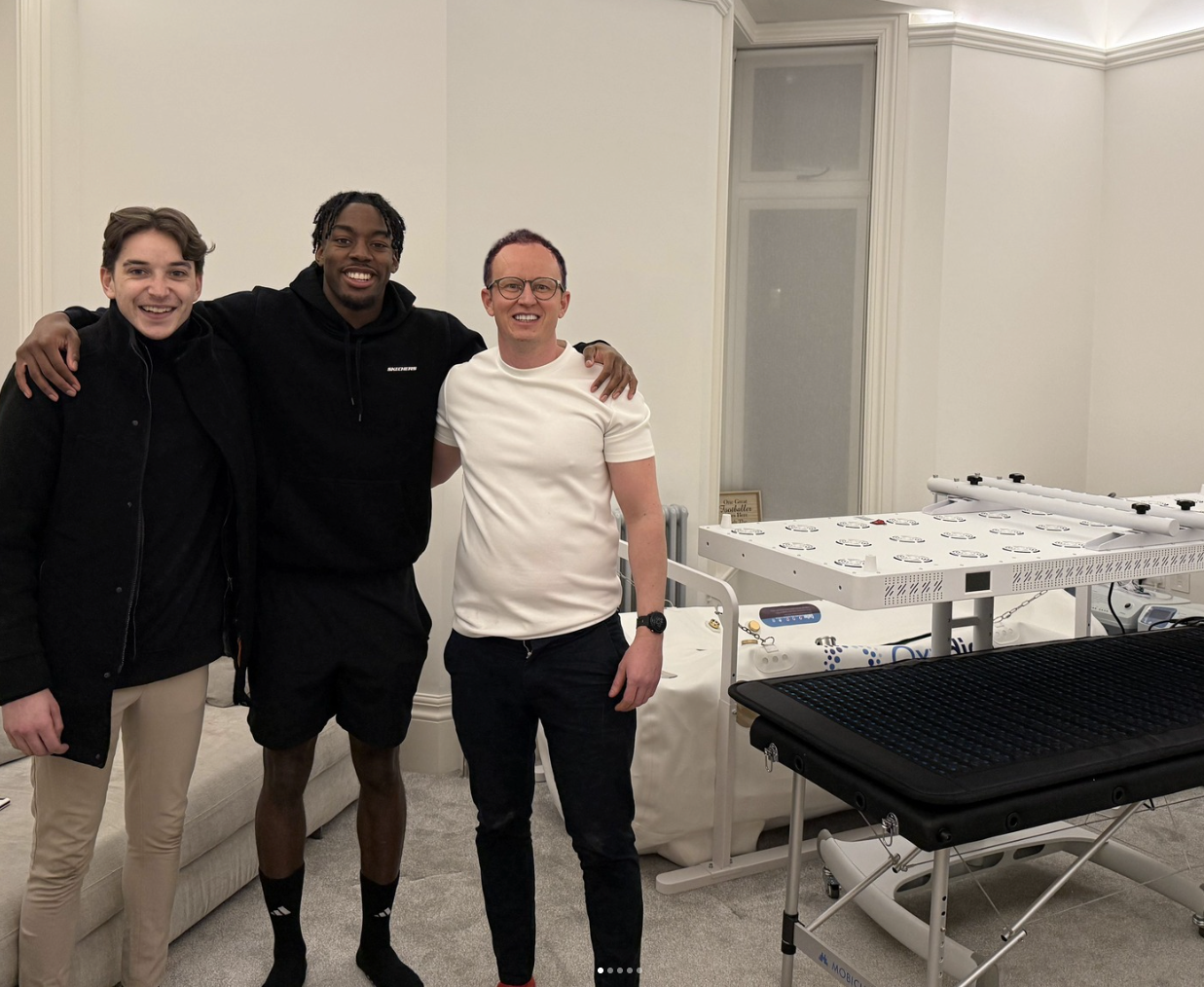
Swedish international and Premier League forward Anthony Elanga is known for his pace, power, and relentless work ethic on the pitch. Playing at the highest level demands more than training — it requires recovery strategies that keep him sharp, resilient, and ready for every challenge.
With Hyperbaric Oxygen Therapy (HBOT) and Red Light Therapy, Anthony supports faster recovery, reduced muscle fatigue, and sustained performance throughout the season. These tools give him the edge to perform at his best week in, week out.
“Recovery is just as important as training — HBOT helps me go again at full speed.”
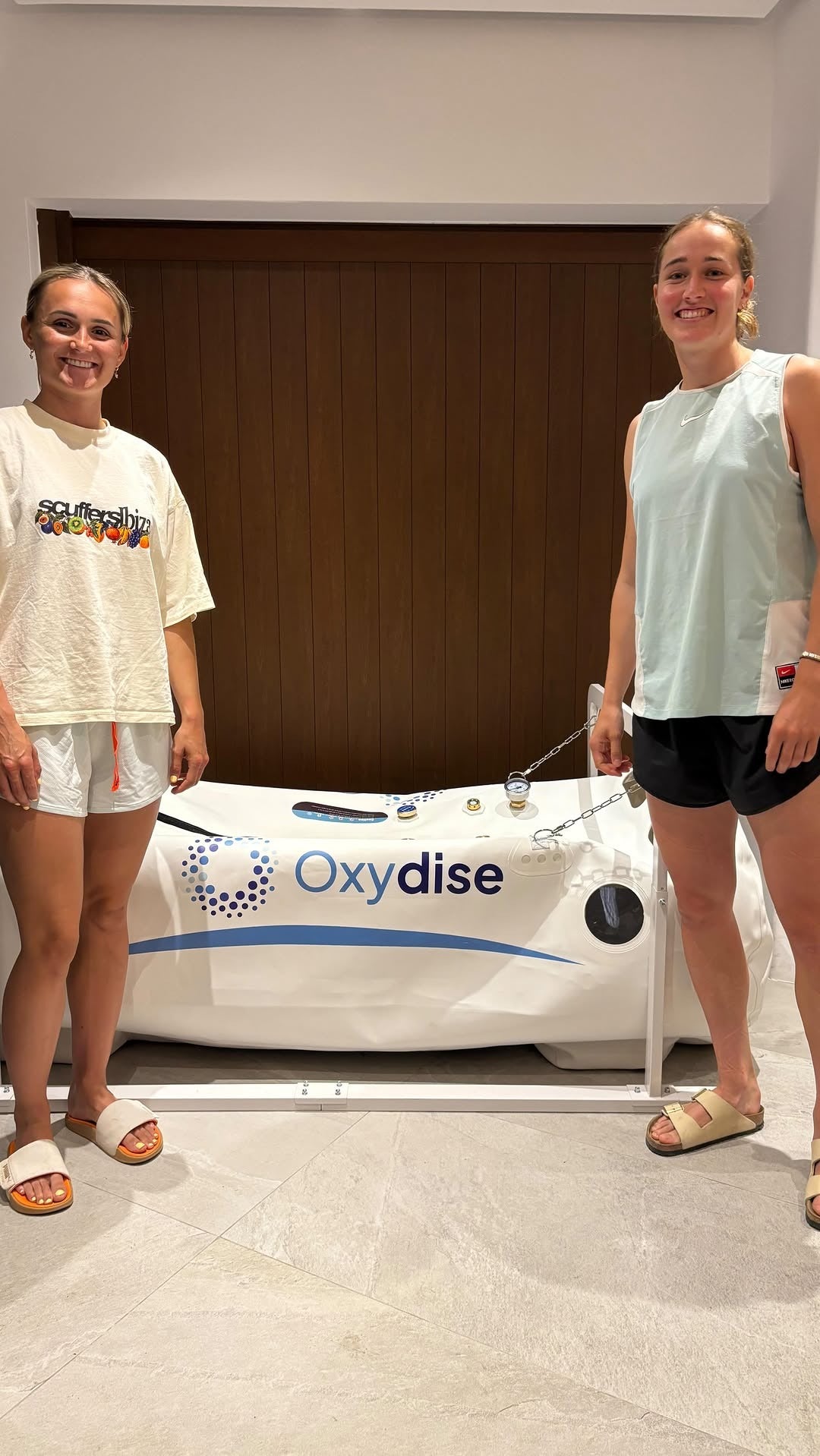
Known for her pace, sharp finishing, and relentless drive, Sam Kerr is one of the most dynamic forwards in the women’s game. Competing at the top level demands not only world-class training, but also recovery strategies that keep her performing at her best.
By incorporating Hyperbaric Oxygen Therapy (HBOT), Sam supports faster muscle recovery, reduced fatigue, and sustained energy throughout intense training and competition schedules.ext here…
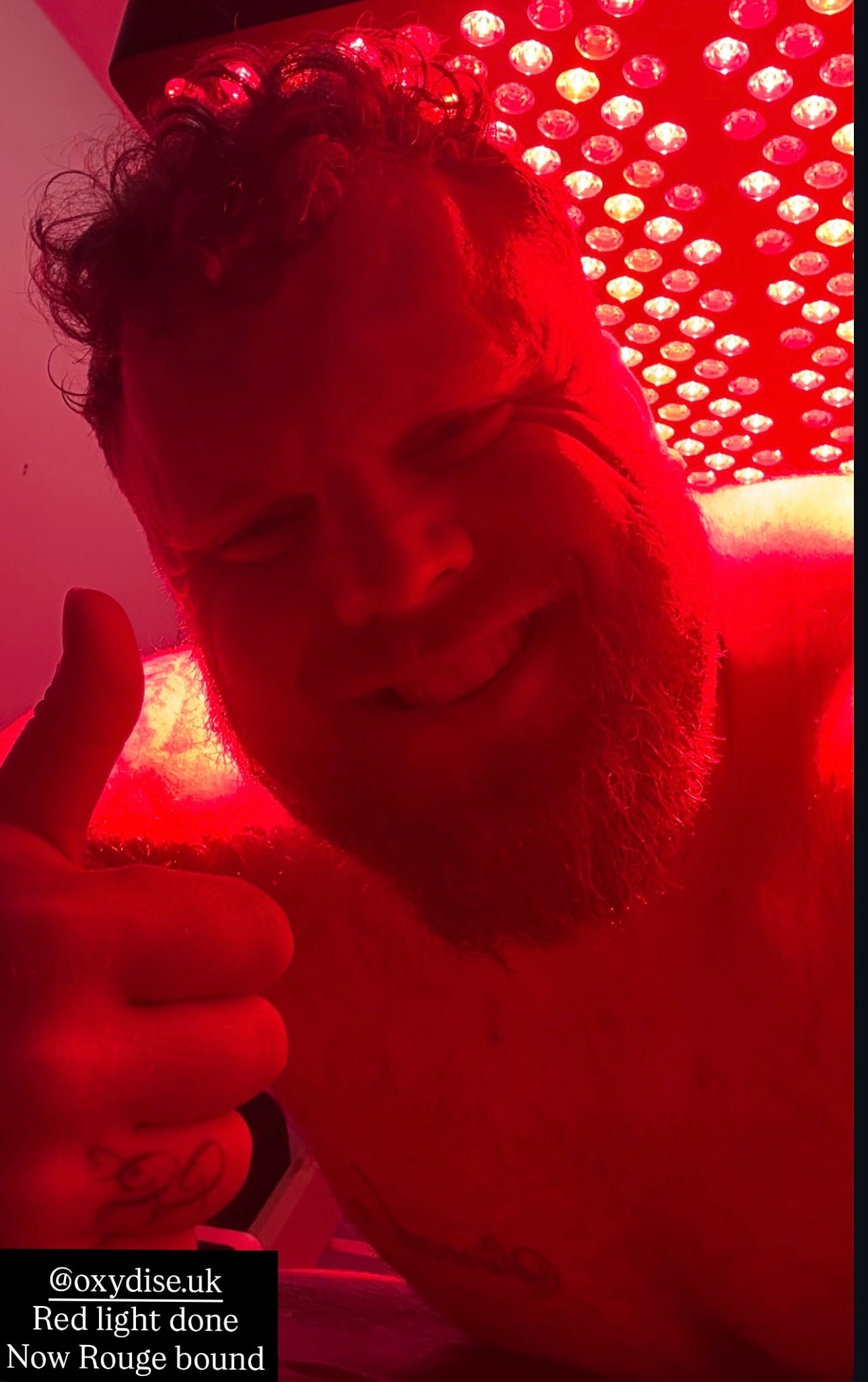
Tom and Luke Stoltman, known as the World’s Strongest Brothers, have dominated the sport of strongman with titles and records that showcase their unrivalled power and endurance. Competing at the very highest level demands more than just training — it requires advanced recovery strategies to keep their bodies performing under extreme pressure.
Through Hyperbaric Oxygen Therapy (HBOT), the Stoltmans support faster muscle recovery, reduce fatigue, and prepare their bodies to handle the toughest challenges in strength sport.
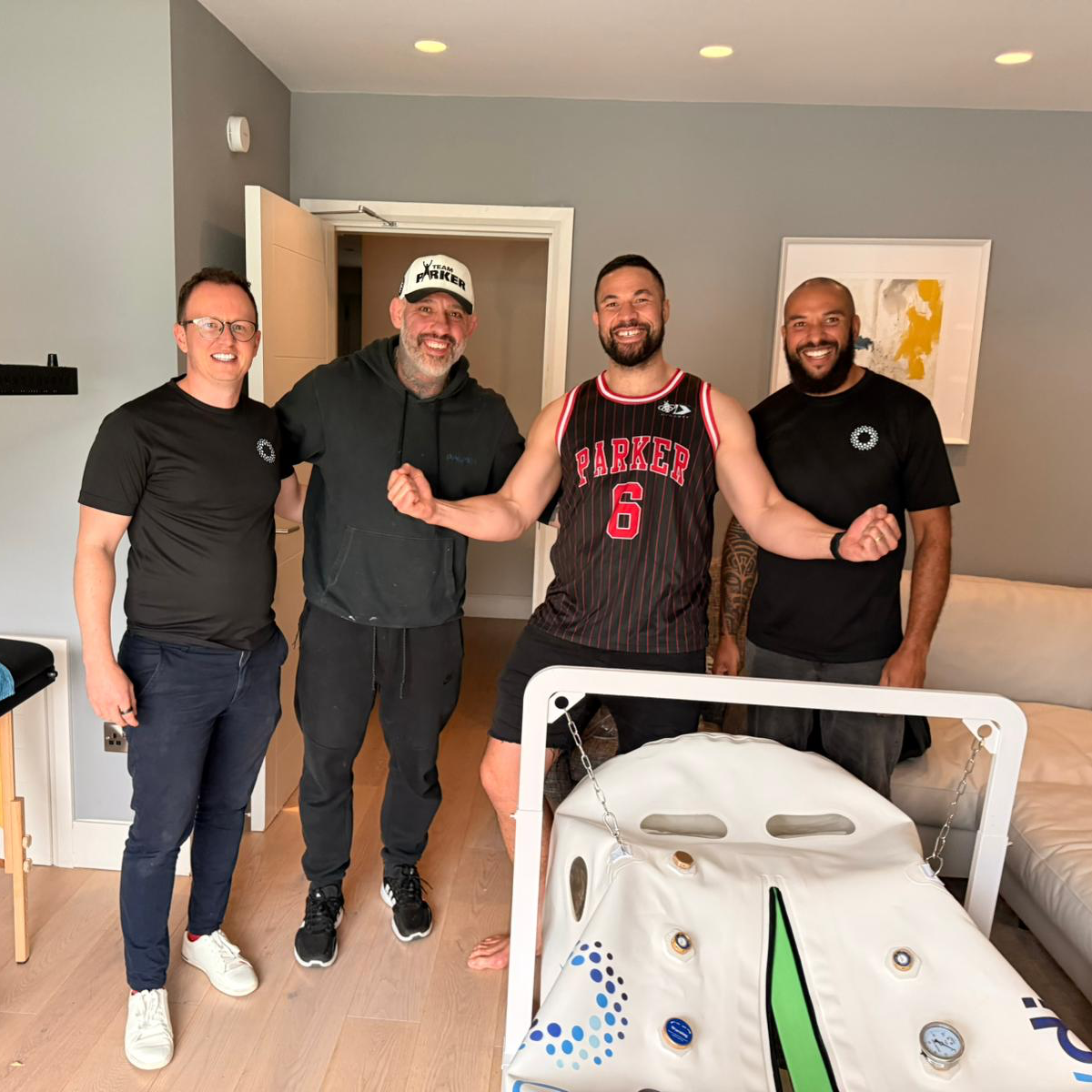
Put your long Former WBO Heavyweight Champion Joseph Parker knows the demands of competing at the top of world boxing. Every fight requires not just power and skill, but recovery that keeps him sharp, resilient, and ready for the ring.
With Hyperbaric Oxygen Therapy (HBOT), Joseph supports faster healing, reduced fatigue, and the energy needed to perform at his best.text here…
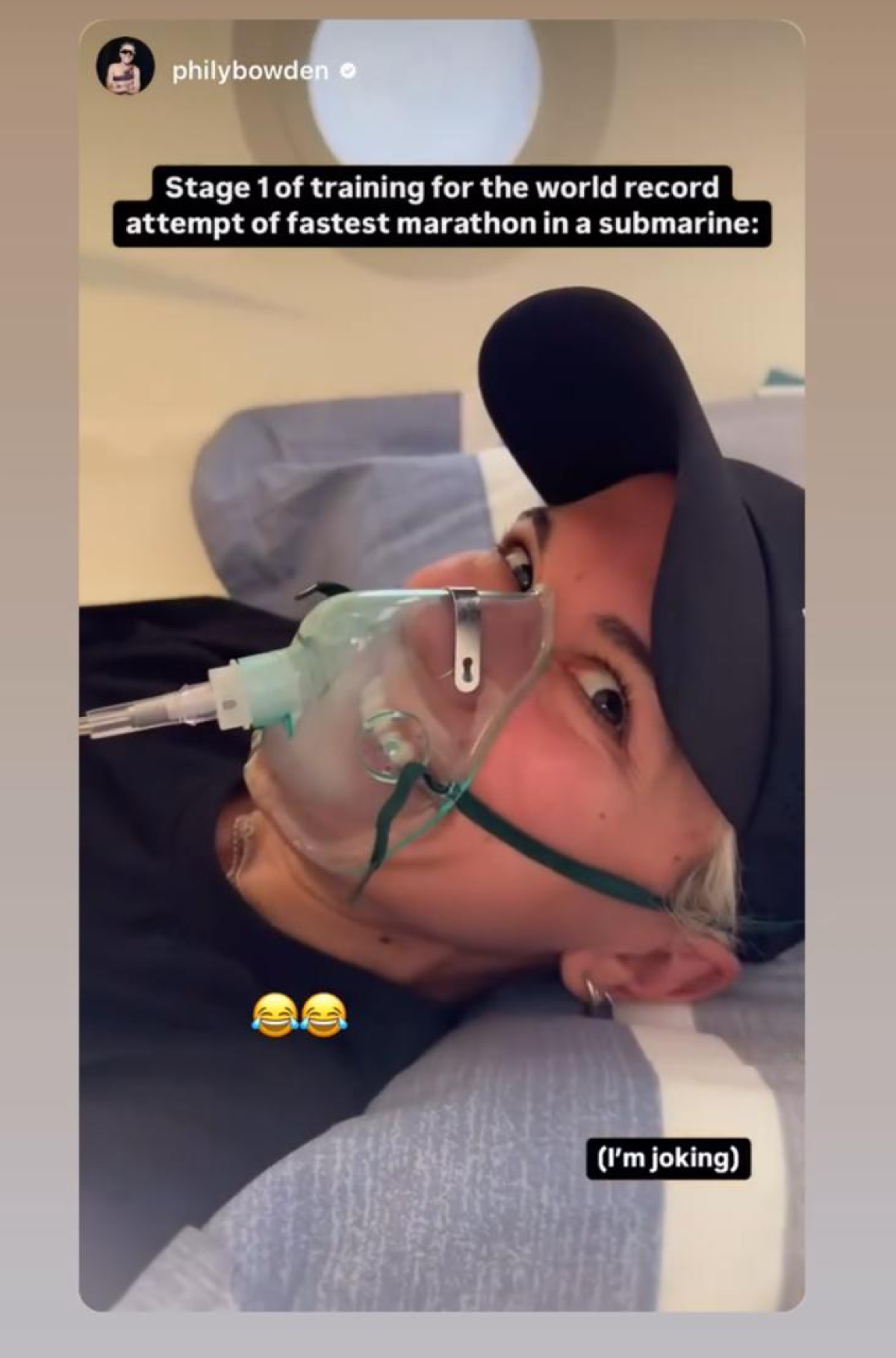
Pushing the limits of endurance means recovery has to be as strong as the training itself. Philly Bowden, elite marathon runner, relies on Hyperbaric Oxygen Therapy (HBOT) to speed up recovery, boost energy, and prepare her body for the next challenge on the road.
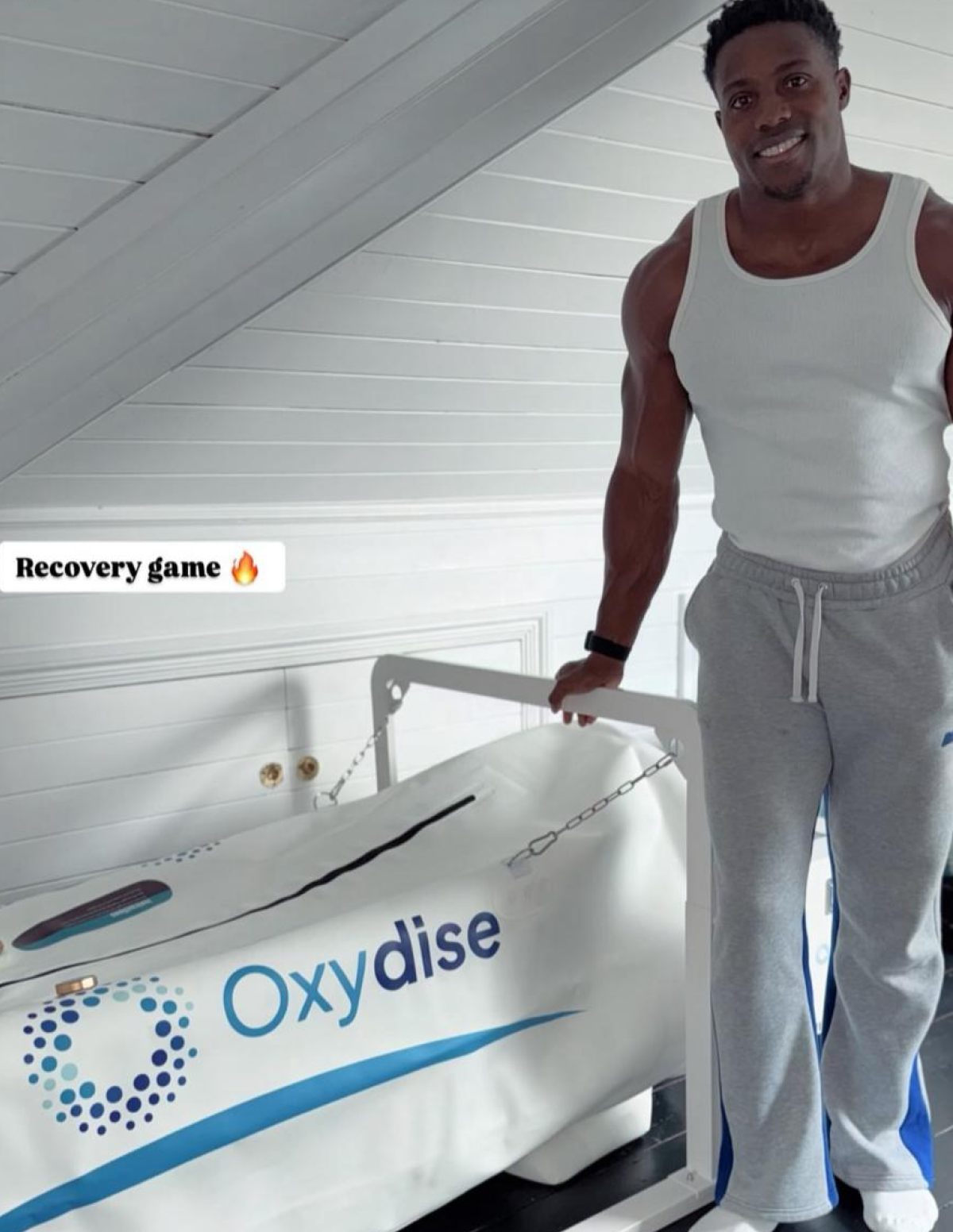
Known as the “Flying Man,” Harry Aikines has built his career on speed, power, and consistency at the top of athletics. Competing at that level demands recovery tools that keep him sharp and resilient.
With Hyperbaric Oxygen Therapy (HBOT), Harry unlocks faster recovery, improved energy, and the edge to keep pushing beyond his limits.
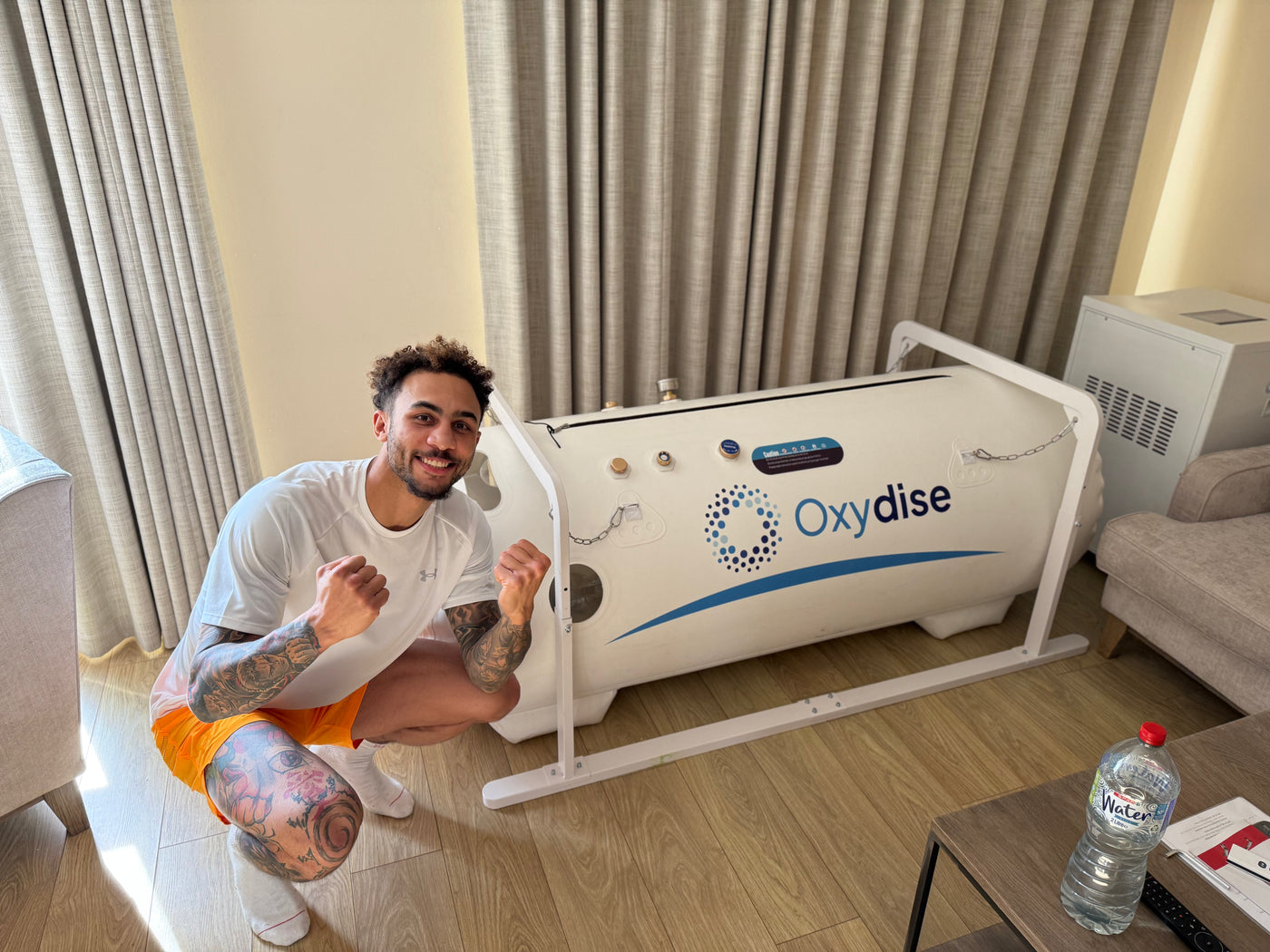
Olympic silver medallist and rising star Ben Whittaker is known for his flair, skill, and dedication inside the ring. Competing at the elite level means recovery is just as important as training.
By using Hyperbaric Oxygen Therapy (HBOT) and Red Light Therapy, Ben accelerates recovery, reduces inflammation, and maintains the sharpness needed for peak performance.ere…
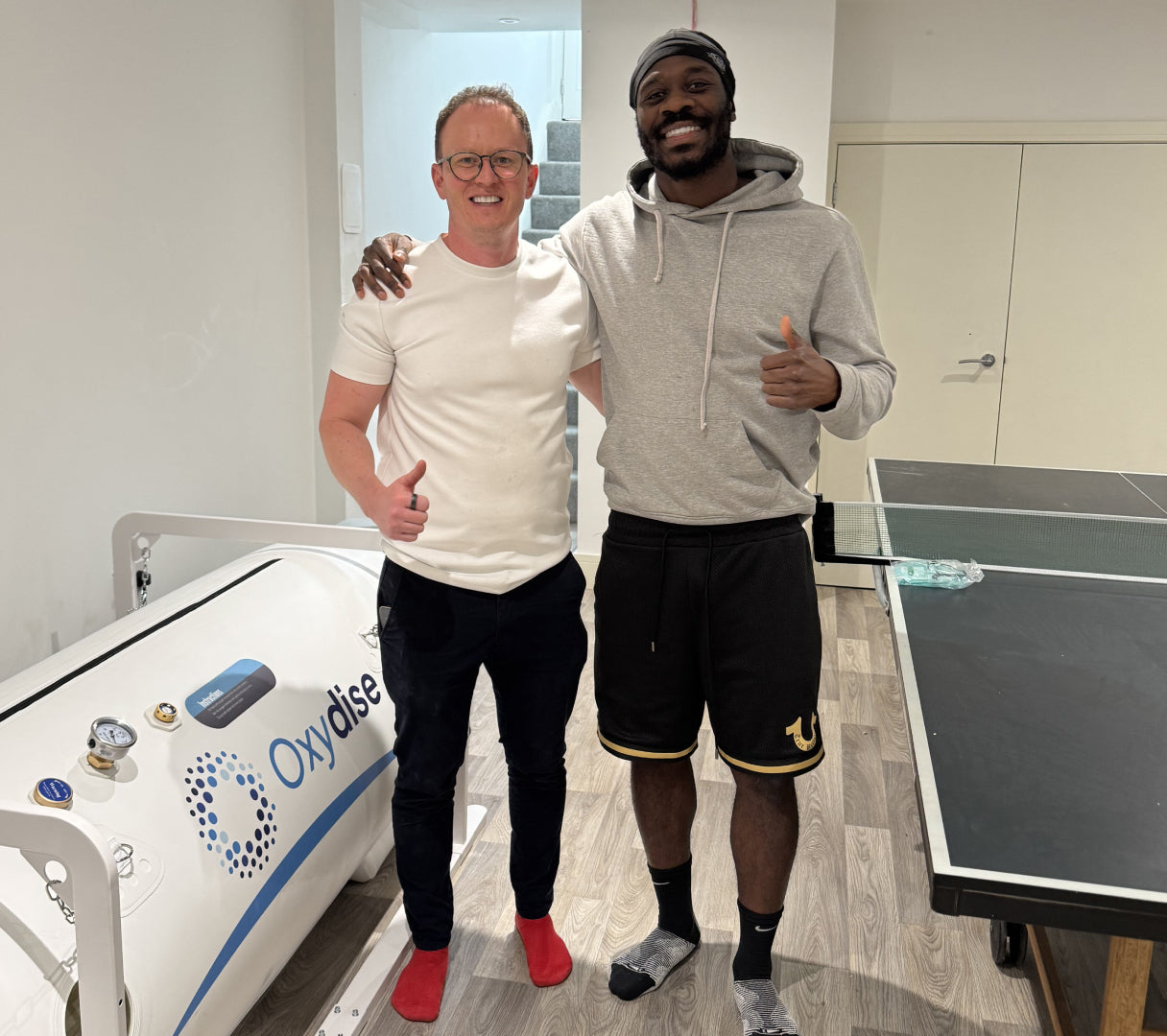
Premier League and Nigerian international defender Ola Aina knows the demands of competing at the highest level. To stay sharp and resilient throughout the season, recovery is key.
With Hyperbaric Oxygen Therapy (HBOT), Ola accelerates recovery, reduces fatigue, and maintains the energy needed to perform week after week.

Strictly Come Dancing professional Gorka Márquez understands the physical demands of performing and training at an elite level. Long hours of rehearsals, live shows, and constant travel require both endurance and recovery.
With Hyperbaric Oxygen Therapy (HBOT), Gorka enhances recovery, boosts energy levels, and supports muscle repair—helping him stay at his peak performance throughout the season.
You’ll simply lie back and relax. During a hyperbaric session, the chamber gently pressurises — similar to the feeling of take-off on a plane — while you breathe oxygen through a soft mask. Most people read, listen to music, or even nap.
Red light therapy sessions are open and comfortable; you lie under a light panel for 10–20 minutes while specific wavelengths of red and near-infrared light energise your cells. Both treatments are completely non-invasive and deeply restorative.
Yes. Every Oxydise system is CE & UKCA certified and pressure-tested for safety.
Our chambers use mild pressure and deliver oxygen through a concentrator — not stored tanks — making them extremely safe for home use. We provide full setup, training, and support, so you can use your system confidently from day one.
A few conditions — such as untreated pneumothorax, recent ear surgery, or certain lung and sinus issues — require medical review before using HBOT.
We provide clear screening guidance and can arrange a consultation with our medical advisor, Dr Masha Makeeva, one of Europe’s leading HBOT experts, to ensure the therapy is right for you.
Everyone responds differently. Some people notice improvements in sleep, recovery, or energy within the first few sessions, while others experience deeper benefits after 10–20.
Like exercise, consistency brings the best outcomes. Our team will help tailor a programme to your goals — whether that’s performance, longevity, or recovery.
Installation is simple and fully supported. Our team delivers, assembles, and tests every system for you.
We provide clear video guides and live support during your first use. The chambers and panels plug into a normal power outlet and typically take less than an hour to install.
Absolutely. You can book a trial session at our Oxydise Wellness Lab or arrange a short-term rental before making a decision.
We want you to experience the benefits firsthand and feel completely confident before committing.
Every Oxydise client receives ongoing support and guidance. You’ll have direct access to our UK-based team for questions, technical help, or wellness advice — by phone, WhatsApp, or video.
We’re here to ensure your experience is smooth, safe, and optimised for results from the very first session.
We believe advanced recovery shouldn’t be reserved for clinics or elite athletes.
Our rental and purchase options start from just a few hundred pounds per month — including delivery, setup, and full support.
When you break it down, the cost works out at around £19.50 per session if you use it once a day — reaching the recommended 40 sessions as quickly as possible for the best results.
If you use it twice a day, the cost per session drops by half — and we have many clients who do exactly that.
Because our systems can be safely shared between family members, the effective cost per session can reduce even further, making it one of the most affordable ways to access consistent, evidence-based recovery at home.
Each Oxydise system is CE & UKCA certified, built to medical-grade standards, and designed to last for years — a genuine long-term investment in health, recovery and performance.
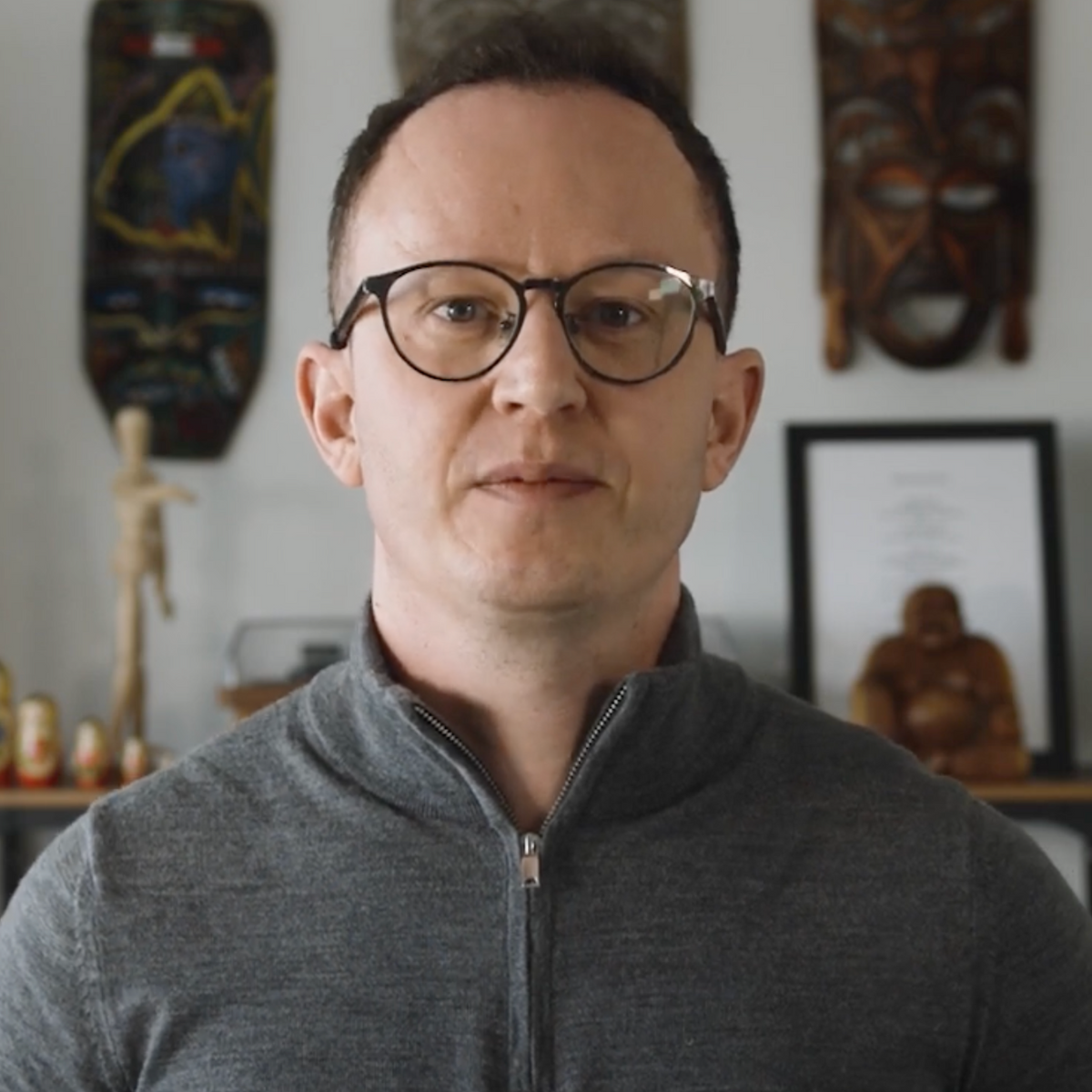
"Our mission is to make the healing benefits of hyperbaric oxygen therapy accessible and affordable for everyone in the UK, ensuring that cost is never a barrier to health and well-being."

"My mission is simple: to cut through the noise and deliver practical, science-backed strategies that fit real life."

"I teach individuals and clinics how to integrate advanced tools like HBOT, Red Light Therapy, and PEMF to restore energy, sharpen focus, and support long-term health."

"Partnering with Oxydise, I use red light and hyperbarics to keep Premier League players at peak. Faster recovery, better training, tighter fatigue control. We take the 1% seriously."
Operated by its founders from Cambridge, Oxydise combines genuine care, scientific understanding, and hands-on experience at every stage of your journey. From initial consultation to installation and ongoing use, you work directly with the people who built the business and understand the technology inside out.
Our founder-led model means faster decision-making, more flexible solutions, and a level of personal accountability that simply doesn’t exist in large, faceless corporations. You’re supported by real experts — not call centres — ensuring your system performs exactly as it should and your results speak for themselves.
We believe in our systems so much that we make it easy to try them without risk. Whether you prefer to rent, buy, or rent-then-buy, you have the freedom to find what fits best for you.
Our goal is simple — to make advanced wellness technology accessible. You can spread payments over 12 months through our trusted finance partner, or choose our 3-month in-house payment option directly with Oxydise.
Every plan is fully transparent — no hidden fees, no long applications — just straightforward options that reflect our confidence in the equipment and our commitment to your results.
Every Oxydise system — from red-light panels to HBOT chambers — meets CE and UKCA standards and complies with ISO 9001, 14001, and 45001 certifications. Each unit is independently pressure-tested, electrically inspected, and safety-verified before leaving our facility.
Our 1.5 ATA chambers are pressure-tested to 1.75 ATA, and our 2.0 ATA hard-shell units are tested to 3.0 ATA — well above their normal operating range — to ensure exceptional structural integrity and long-term reliability.
Our expertise is anchored by real credentials — Alan Trim, Oxydise Co-Founder, is certified by the International Board of Undersea Medicine (IBUM), bringing clinical insight and hands-on experience to every client protocol. Our Clinical Board, chaired by Oli Patrick, oversees best-practice standards across all Oxydise programmes, ensuring every protocol aligns with the latest evidence in recovery and wellness. Dr Masha, a certified HBOT specialist, leads our HBOT Safety Training and Certification Course, giving every client and practitioner complete confidence in correct, safe operation.
We take contraindications seriously — from screening and consultation to ongoing use, safety always comes first. When we deliver your system, our team assembles it, performs full functional checks, and provides hands-on training so you know exactly how to use it from day one.
At Oxydise, our relationship doesn’t end when your system arrives — it begins there. Every client receives personalised guidance and structured training to ensure their chamber or red-light system is used safely, confidently, and effectively from day one.
Your induction is delivered by trained Oxydise technicians, who assemble the system on-site, perform full safety checks, and walk you through correct operation and maintenance. Beyond setup, you’ll have access to ongoing clinical and technical support, so you always know how to get the most from your system.
Our expertise is anchored by real credentials — Alan Trim, Oxydise Co-Founder, is certified by the International Board of Undersea Medicine (IBUM), bringing clinical insight and hands-on experience to every client protocol. Our Clinical Board, chaired by Oli Patrick, and our HBOT safety lead, Dr Masha, who delivers the Oxydise HBOT Safety and Certification Course, together ensure every programme reflects best practice and up-to-date science.
We take contraindications and safety seriously — every recommendation is designed to optimise results while protecting client wellbeing. And when you need help, we’re just a call away — direct access to real experts who know the equipment and the science behind it.
All Oxydise systems are stocked, assembled, and serviced here in the UK — so your experience is fast, seamless, and stress-free. There are no customs delays, import fees, or long lead times to worry about.
For our 1.5 ATA chambers, typical delivery and setup take around seven days, with installation arranged at your convenience. Hard-shell 2.0 ATA systems may take slightly longer due to logistics and final testing, but our team will always give you a clear, realistic delivery window.
When your system arrives, our trained technicians deliver, assemble, and test everything on-site, then walk you through safe operation and usage protocols before handing it over. If you have specific timing needs, you can always call us directly — we’ll do everything possible to accommodate your schedule and ensure a smooth start to your wellness journey.
Every Oxydise system comes with a 2-year comprehensive warranty as standard — reflecting the confidence we have in our build quality and testing. If an issue ever arises, our process is straightforward and fast.
Once a fault is reported, our team will assess the problem the same day and decide whether a repair or full replacement is the best course of action. In most cases, issues are resolved within three days — minimising disruption to your recovery or wellness routine.
We have a dedicated HBOT engineer on our team who can diagnose and fix most issues quickly. If on-site repair isn’t possible, we’ll arrange a rapid unit replacement to get you back up and running without delay.
With Oxydise, you’re never left waiting — just direct access to the people who built, tested, and stand behind every system we deliver.